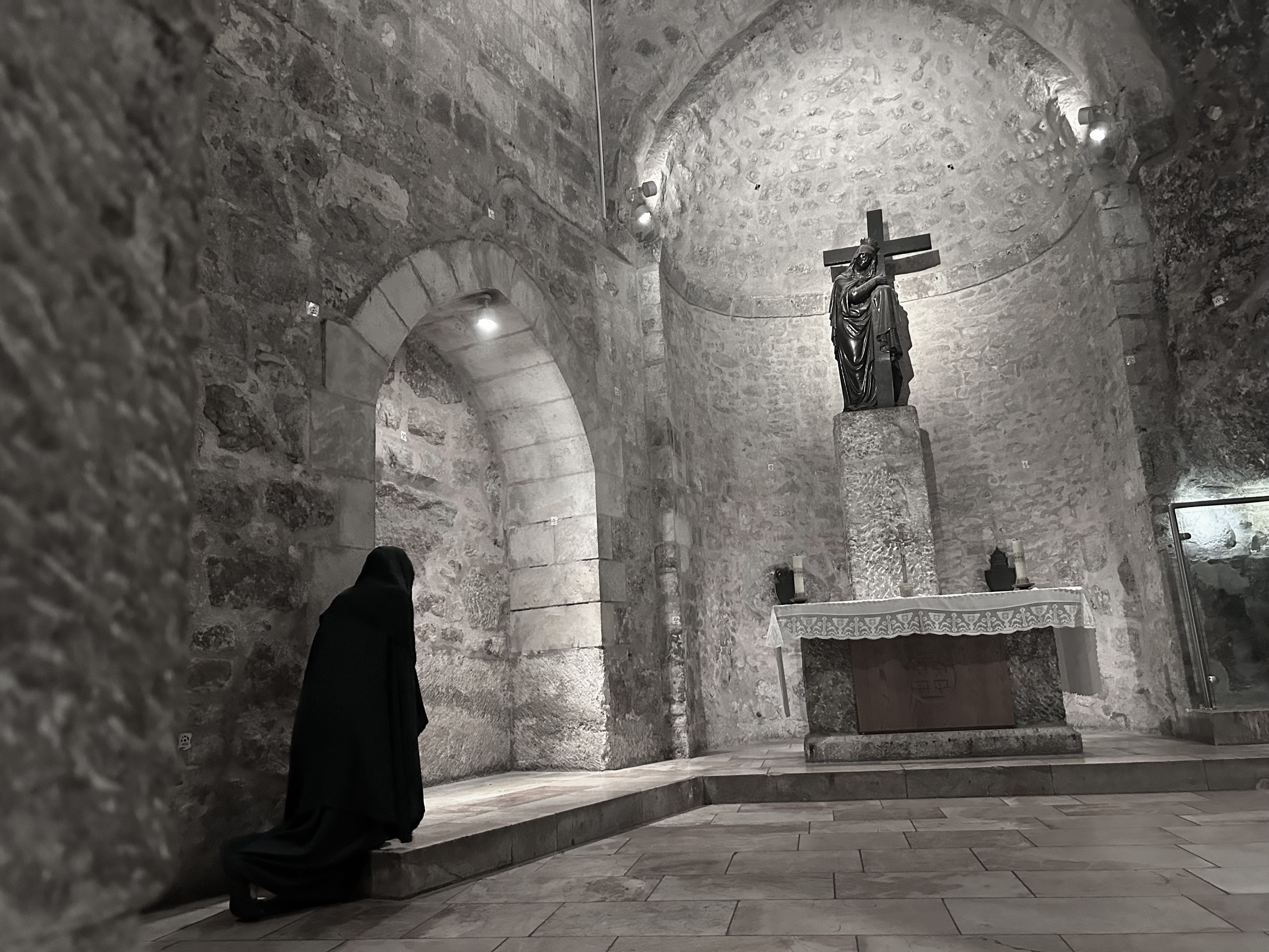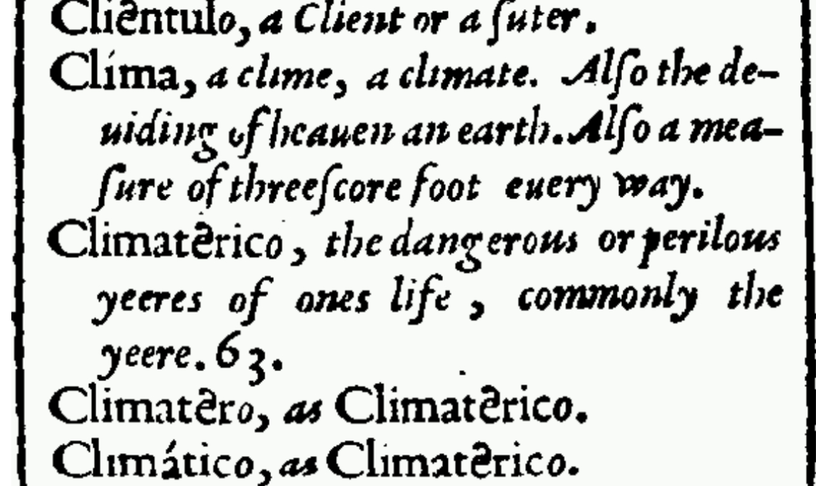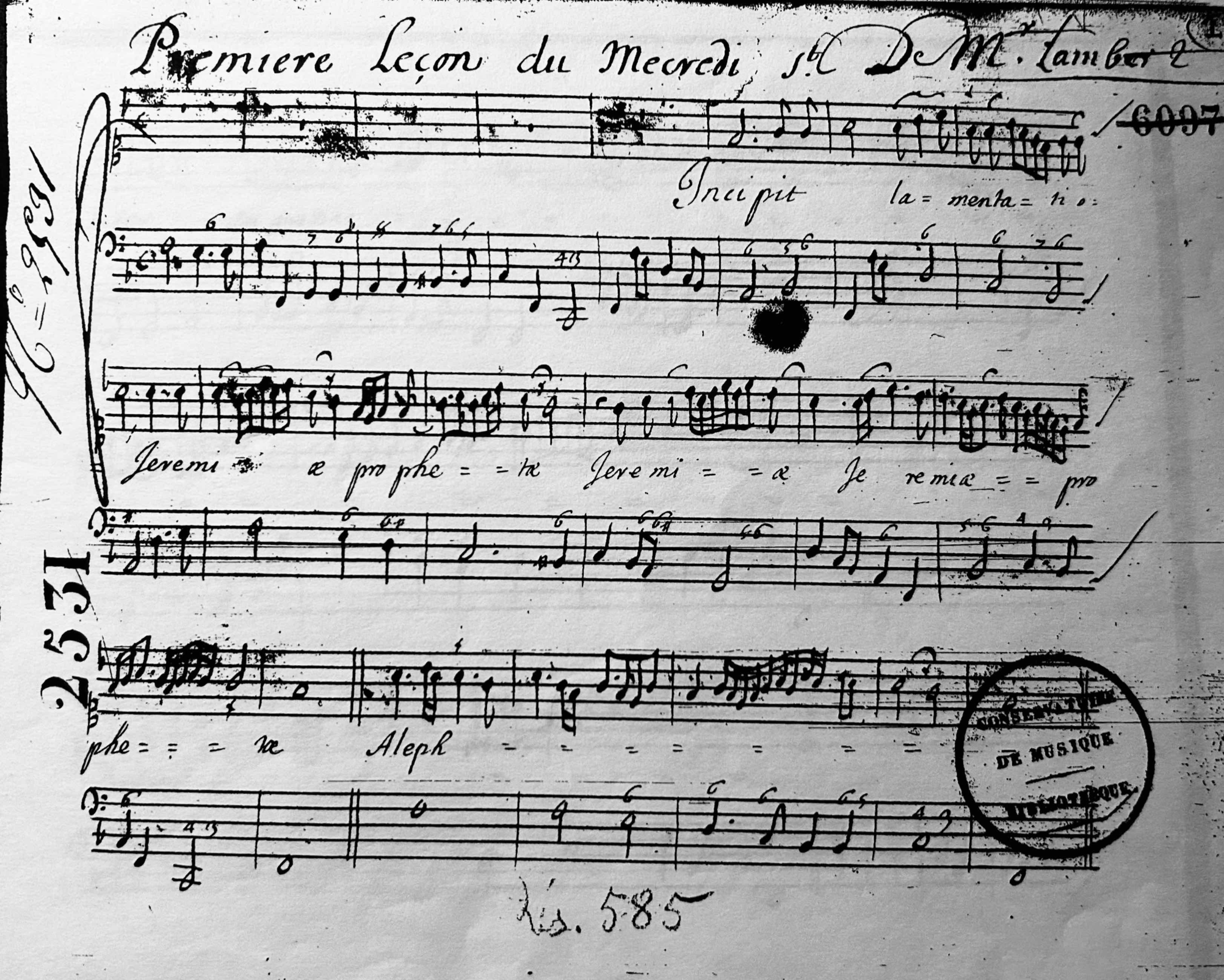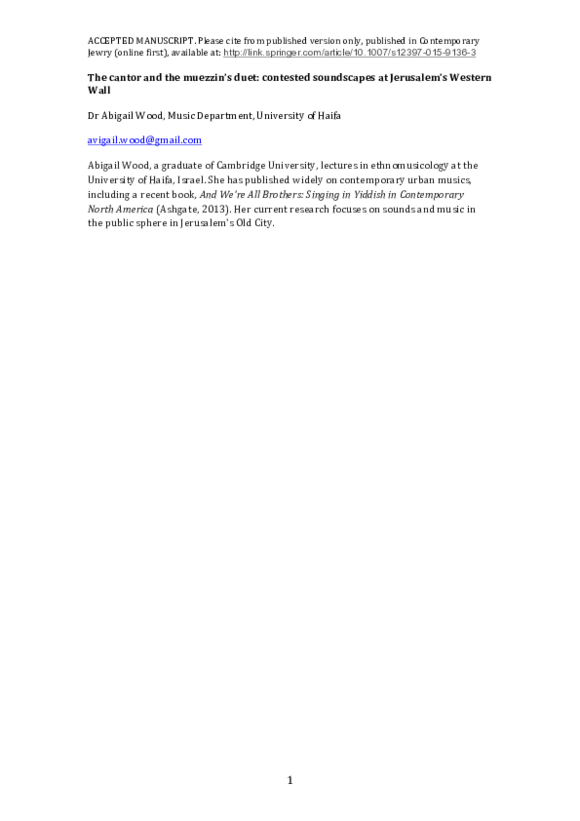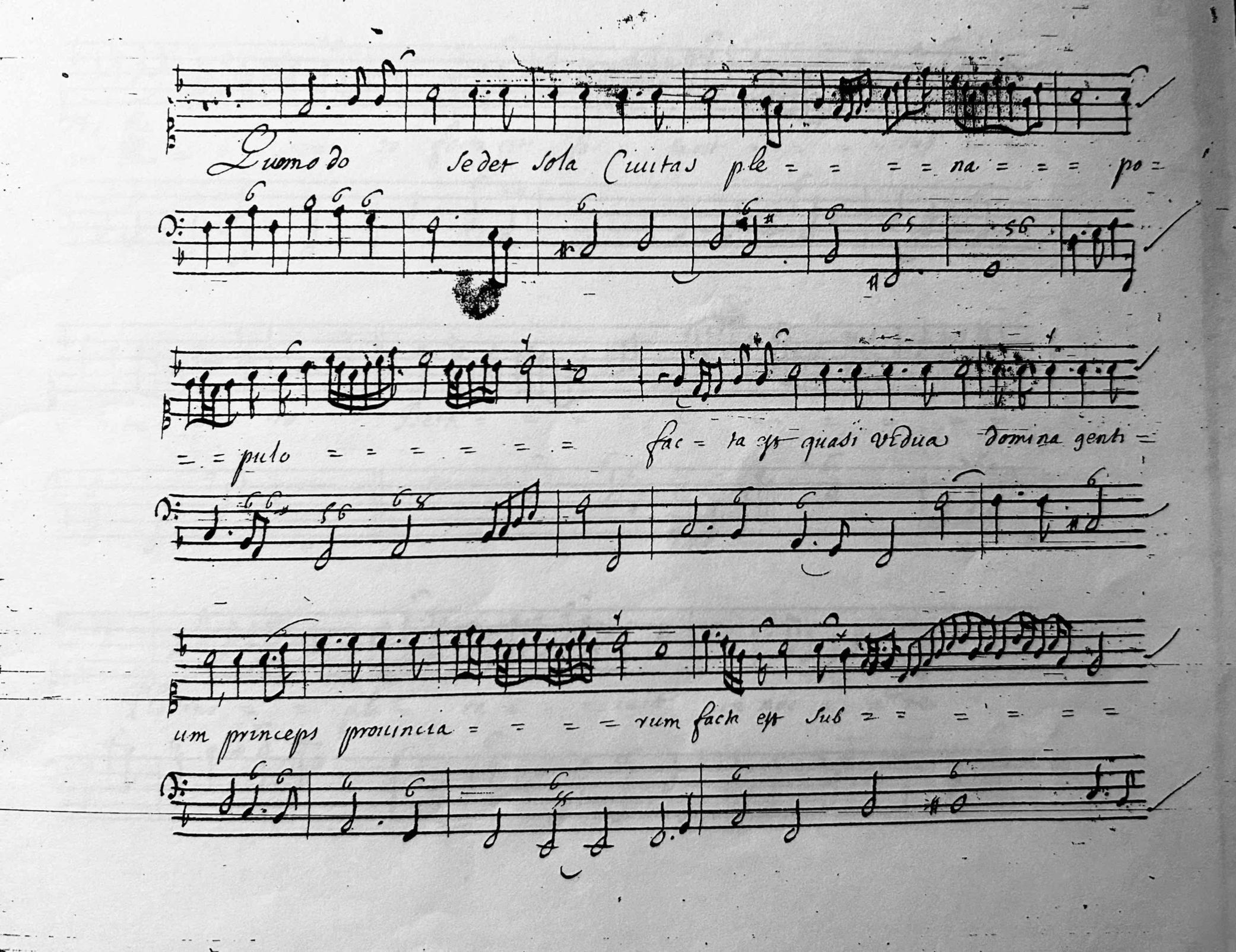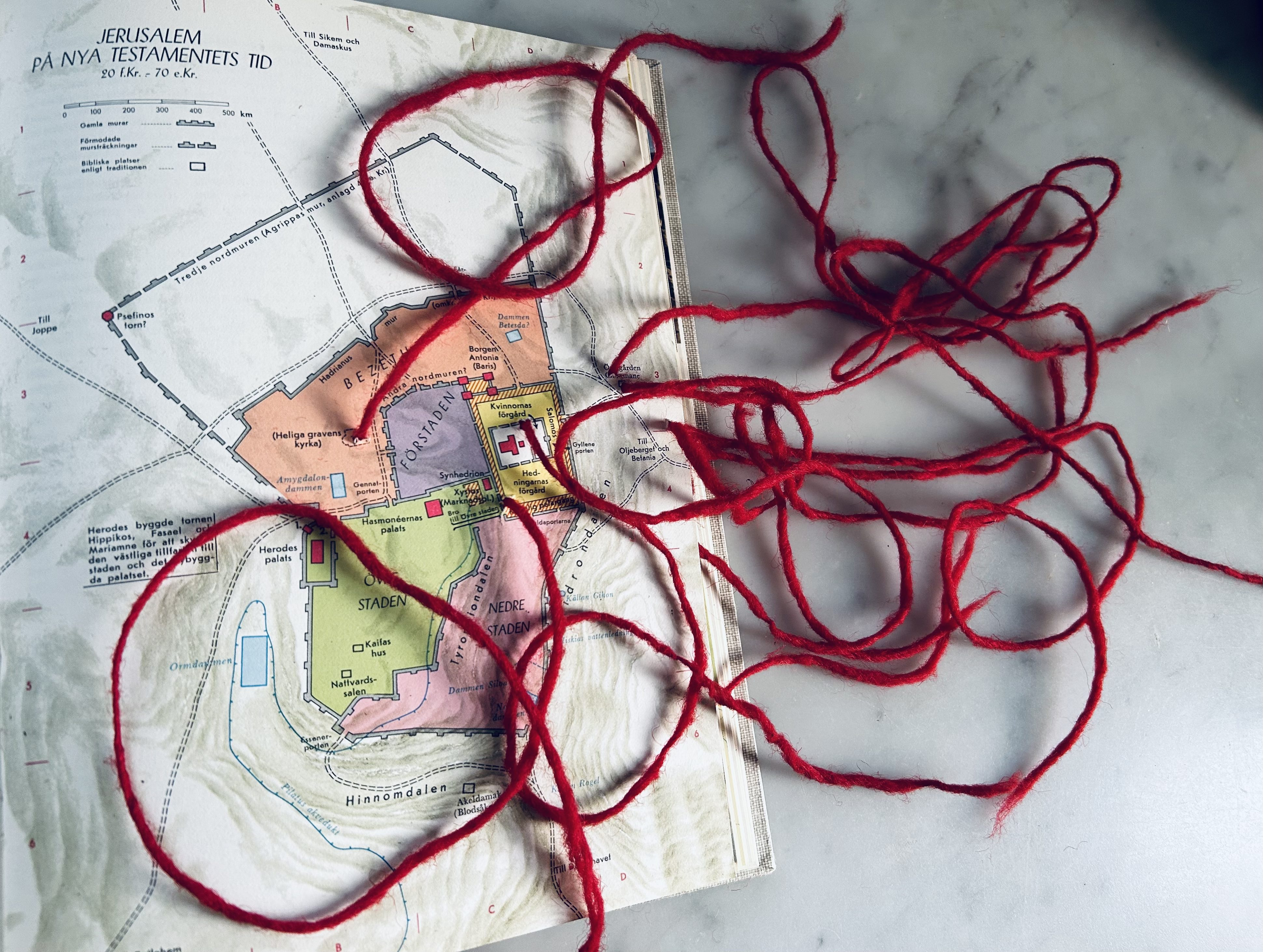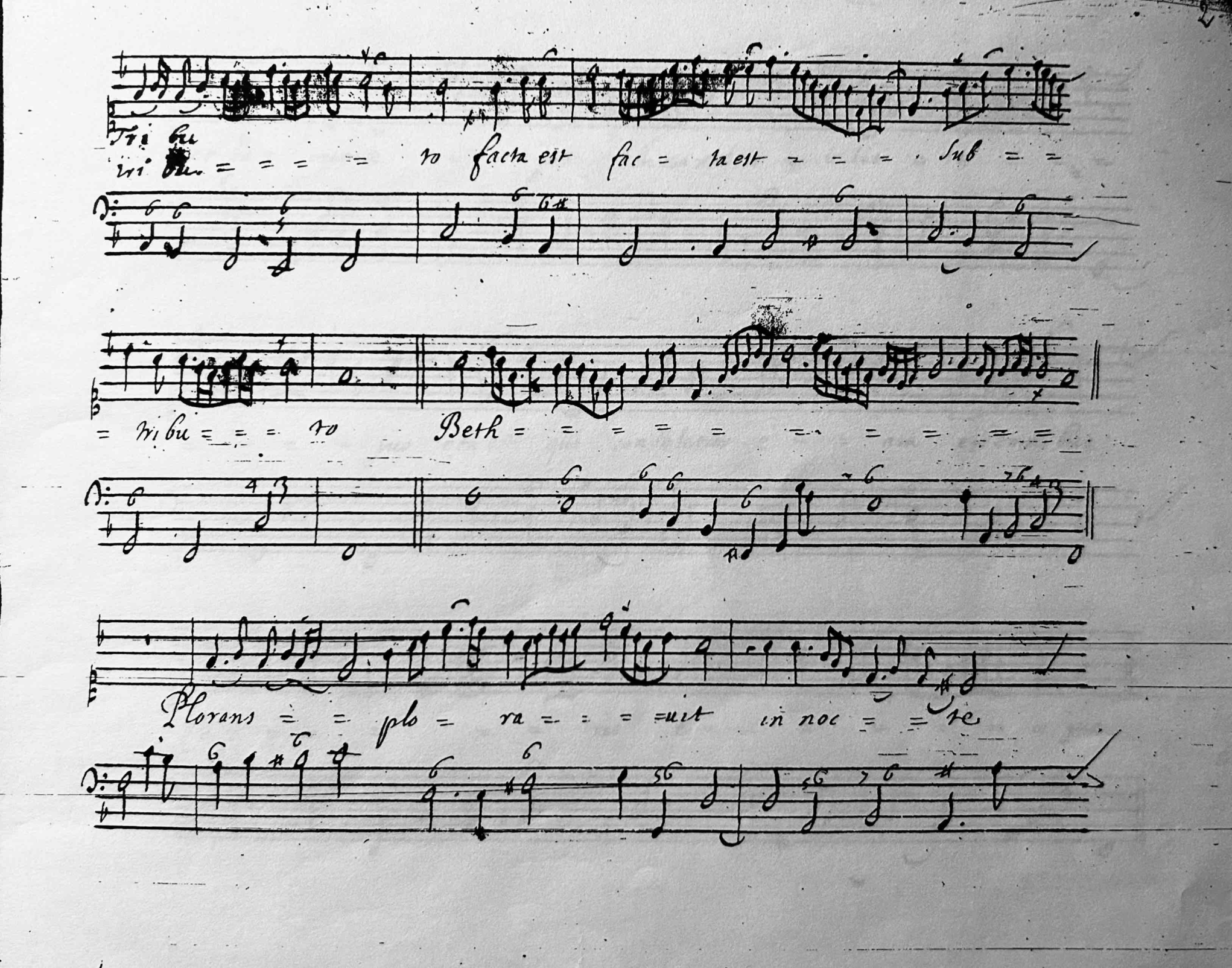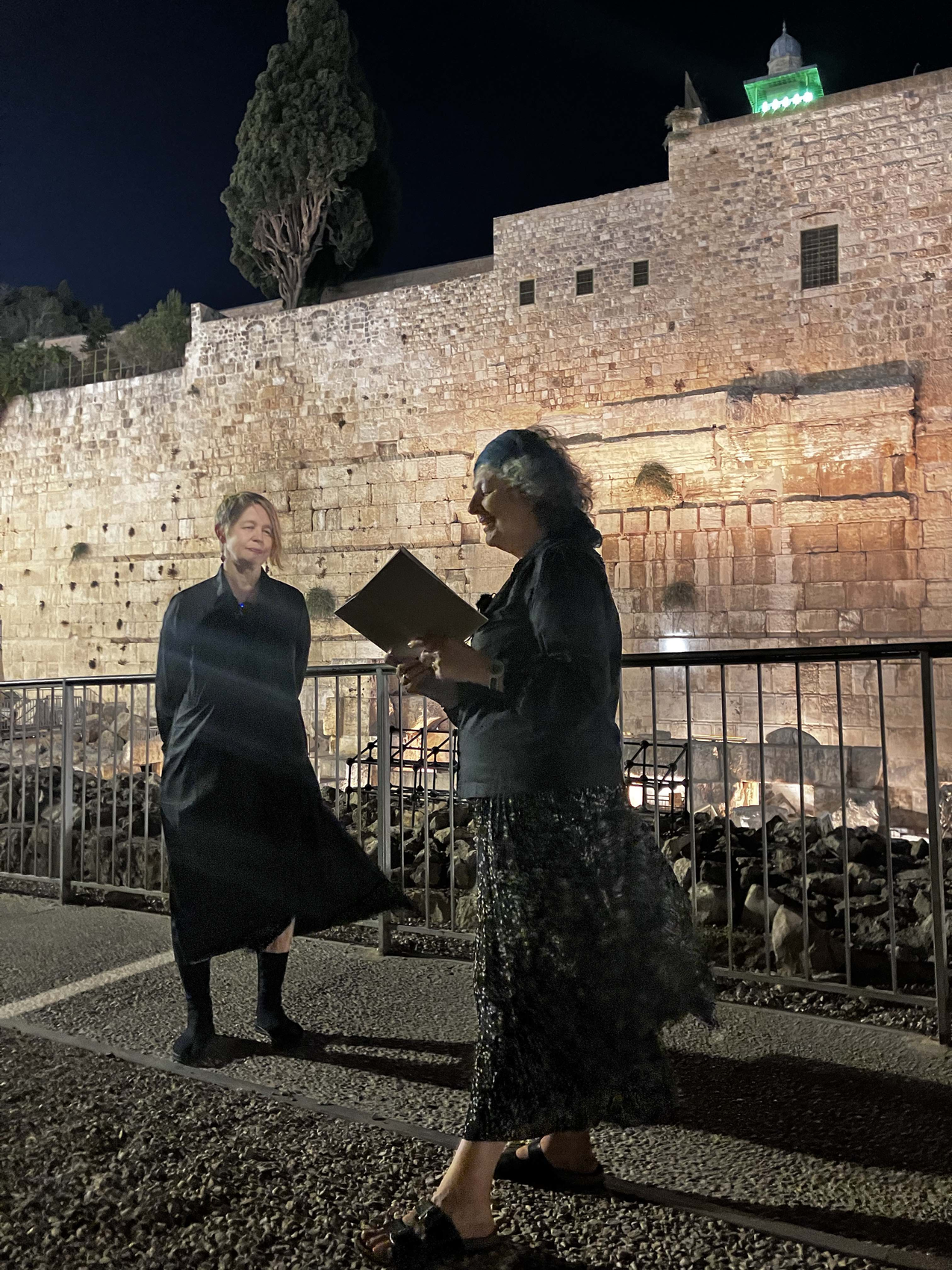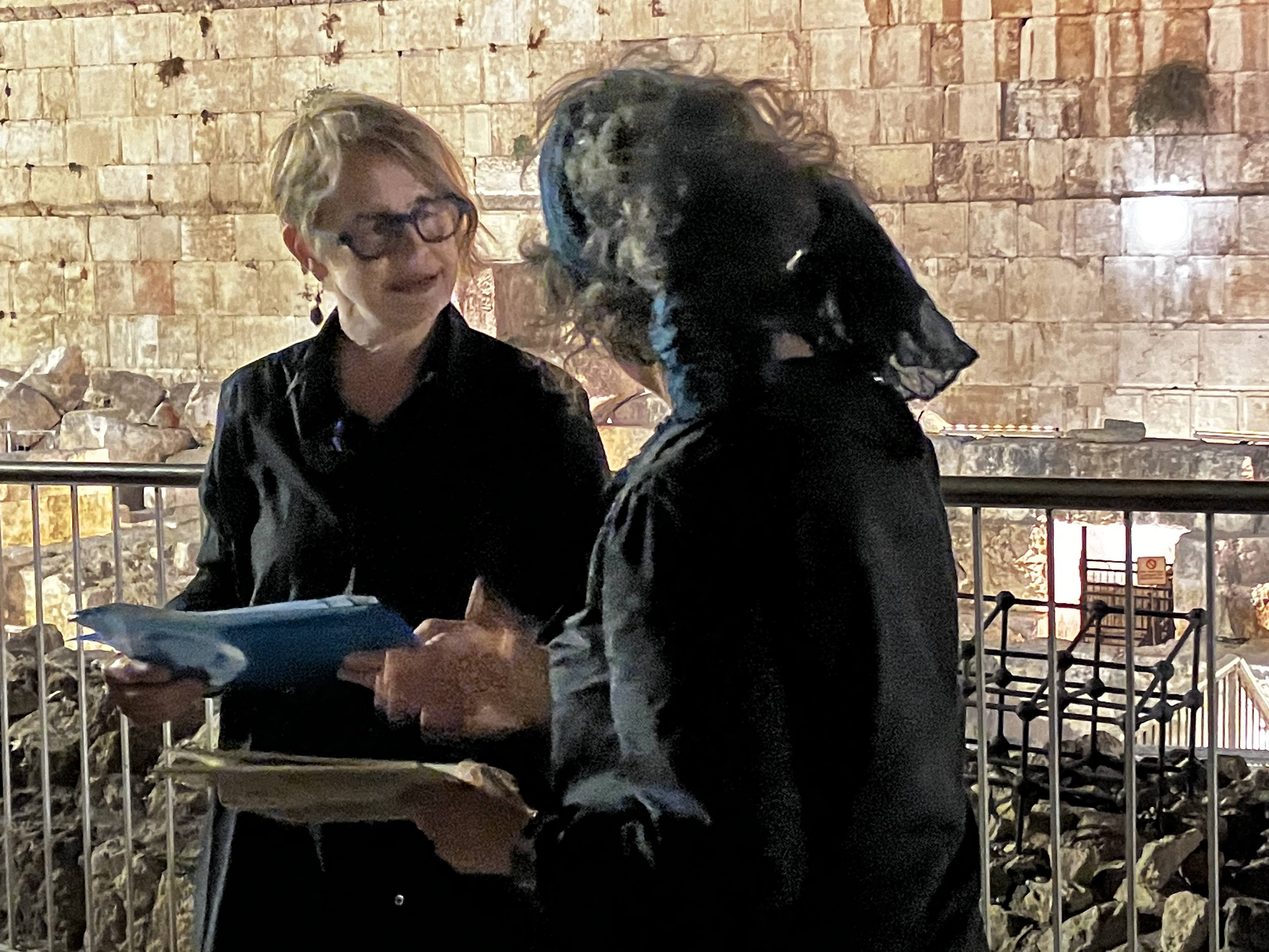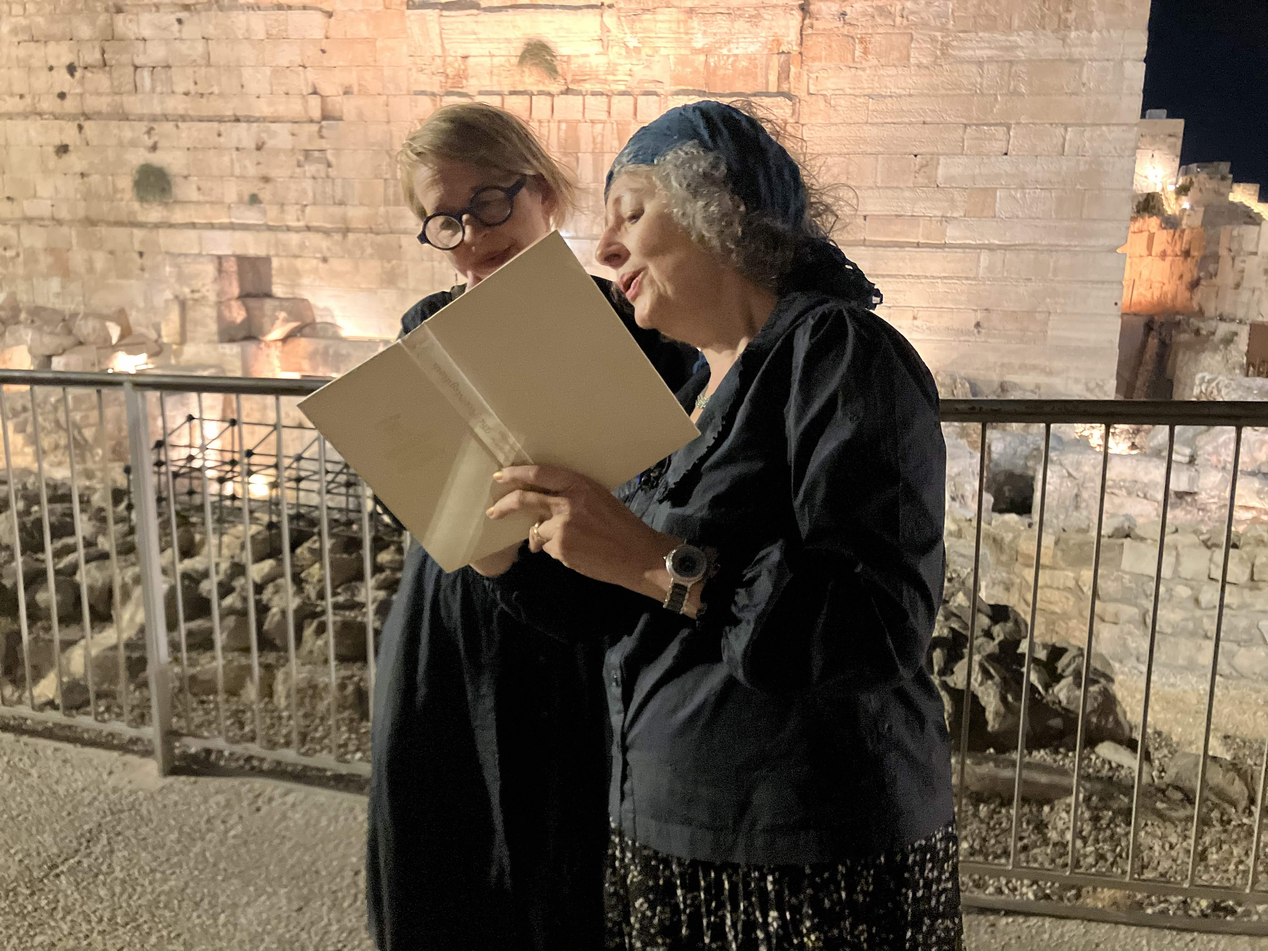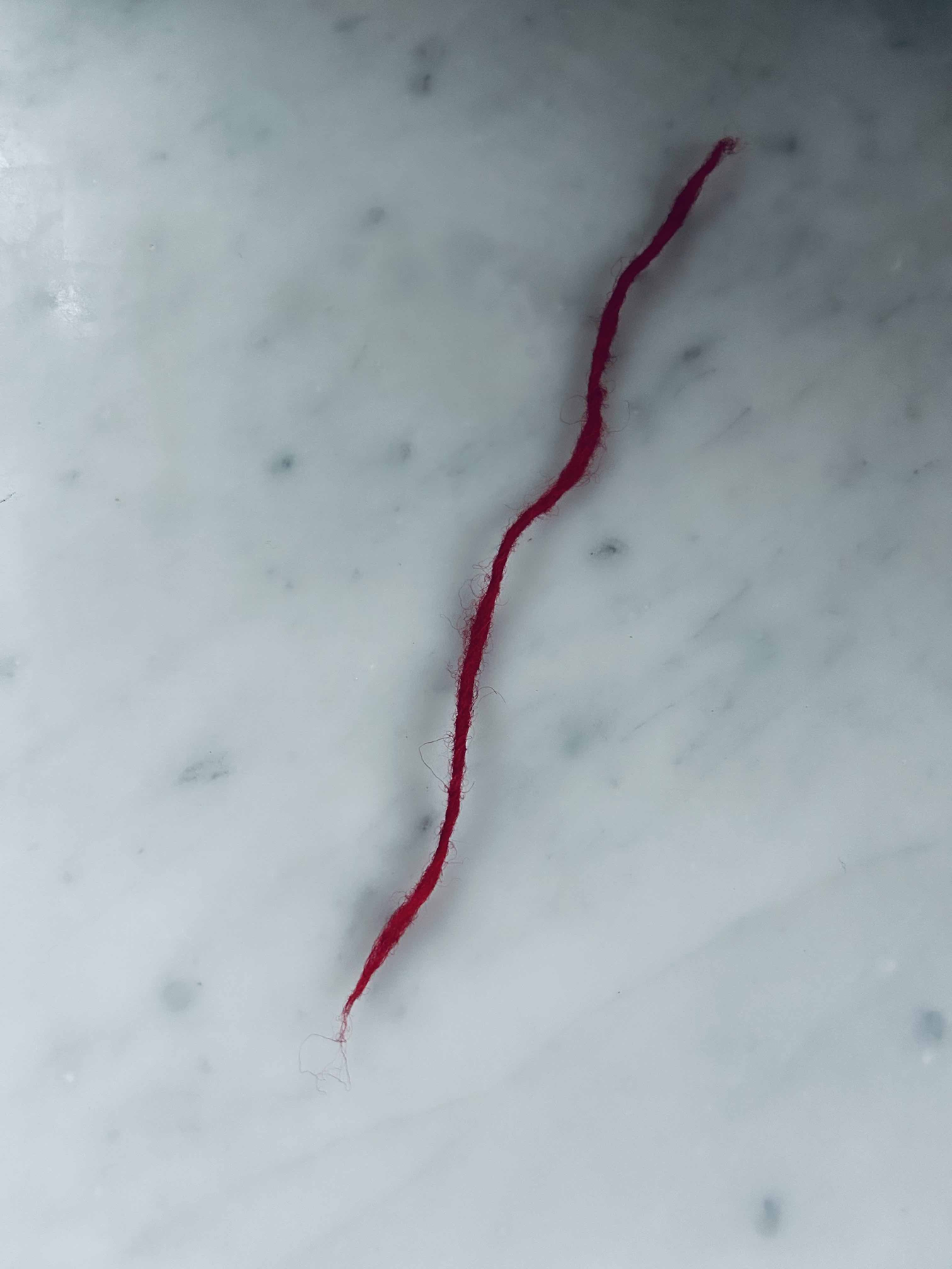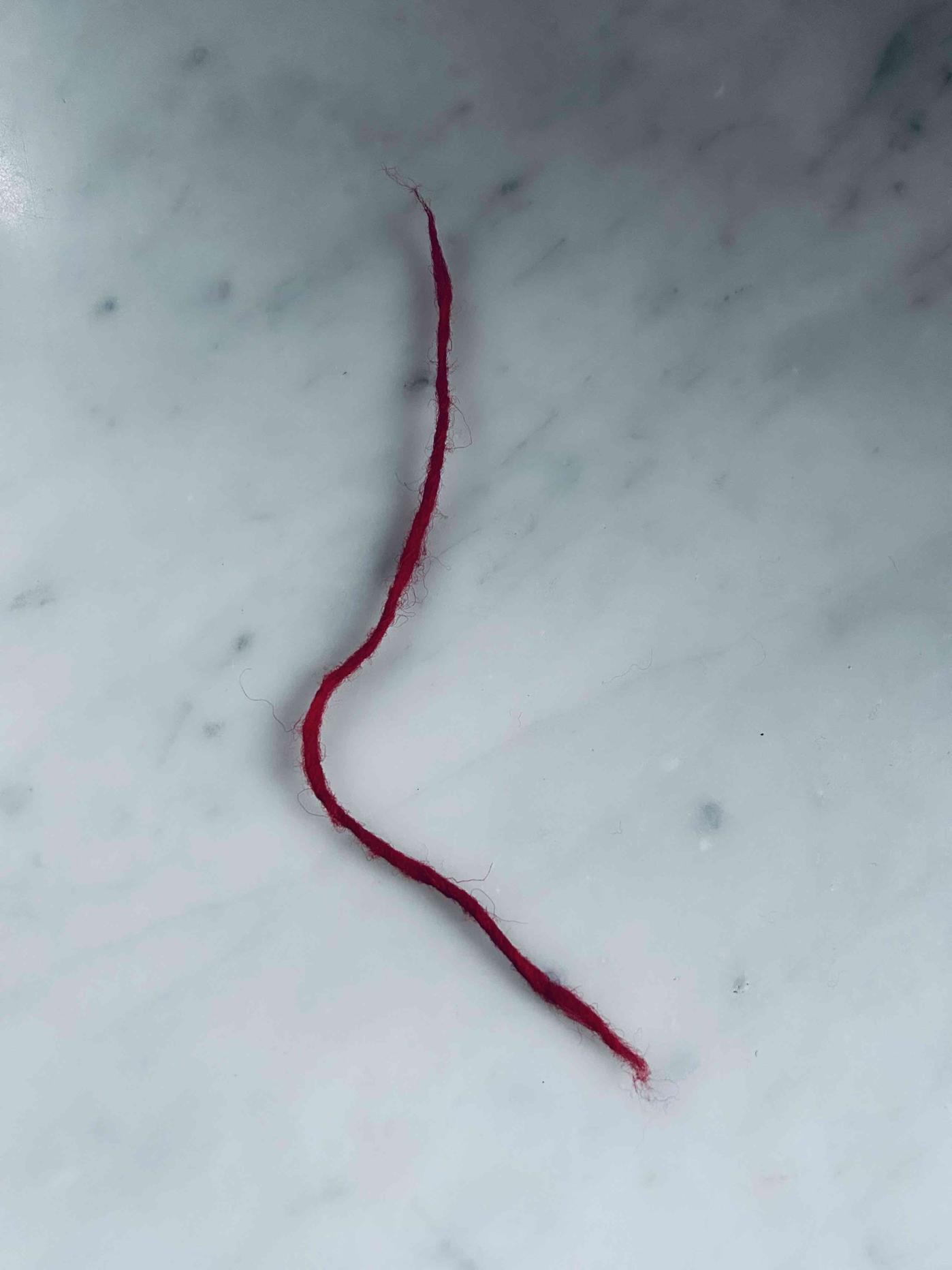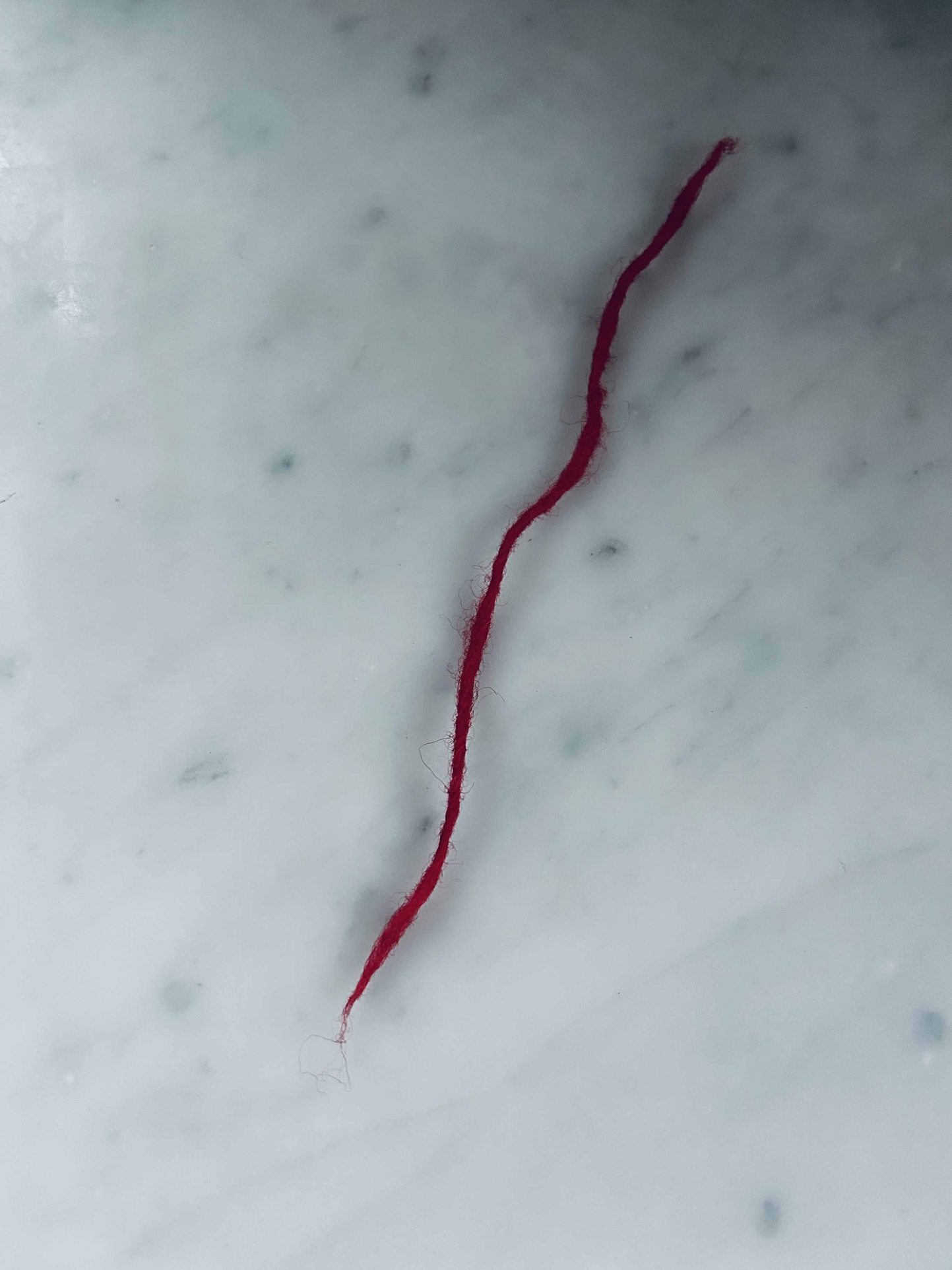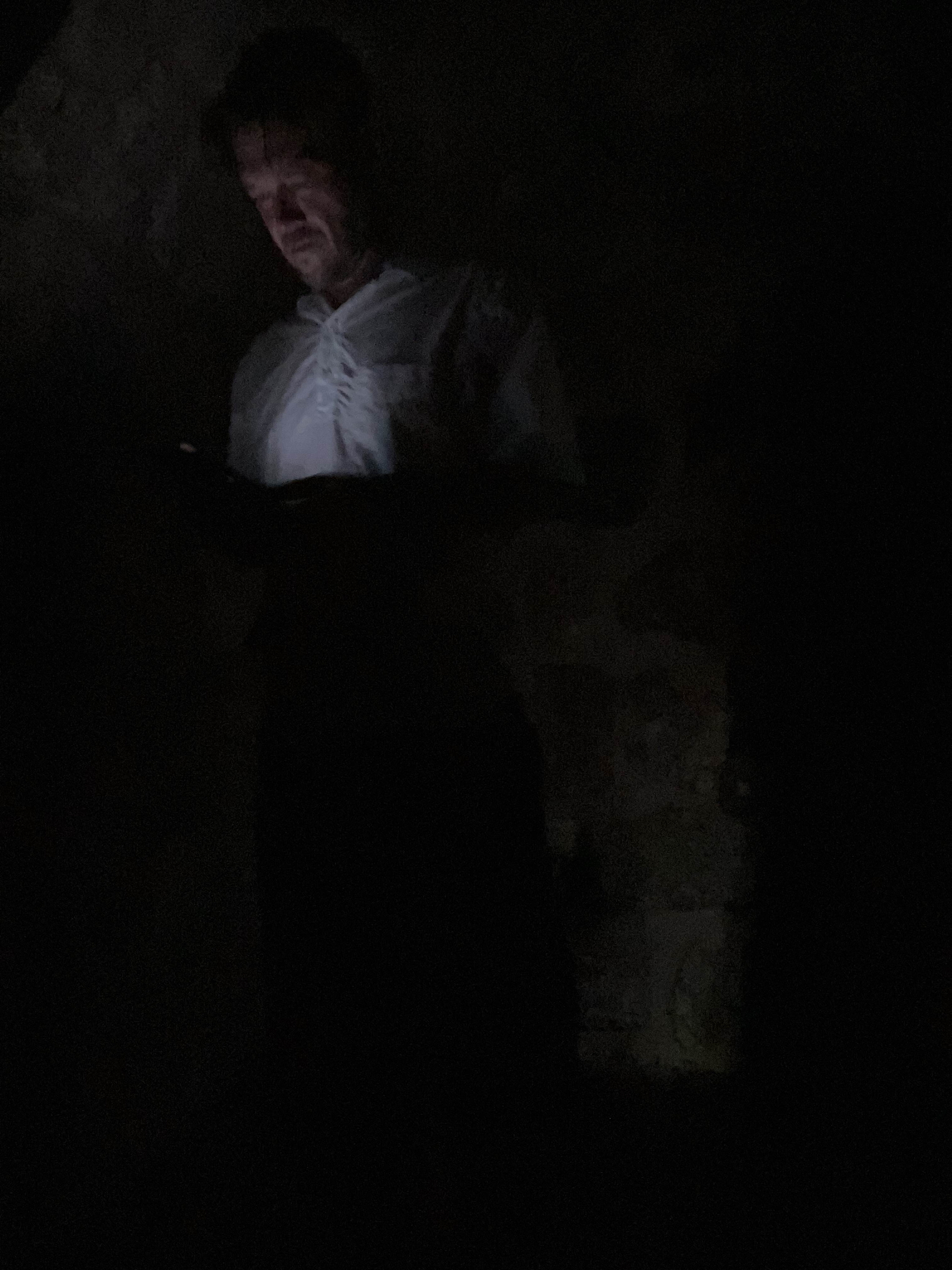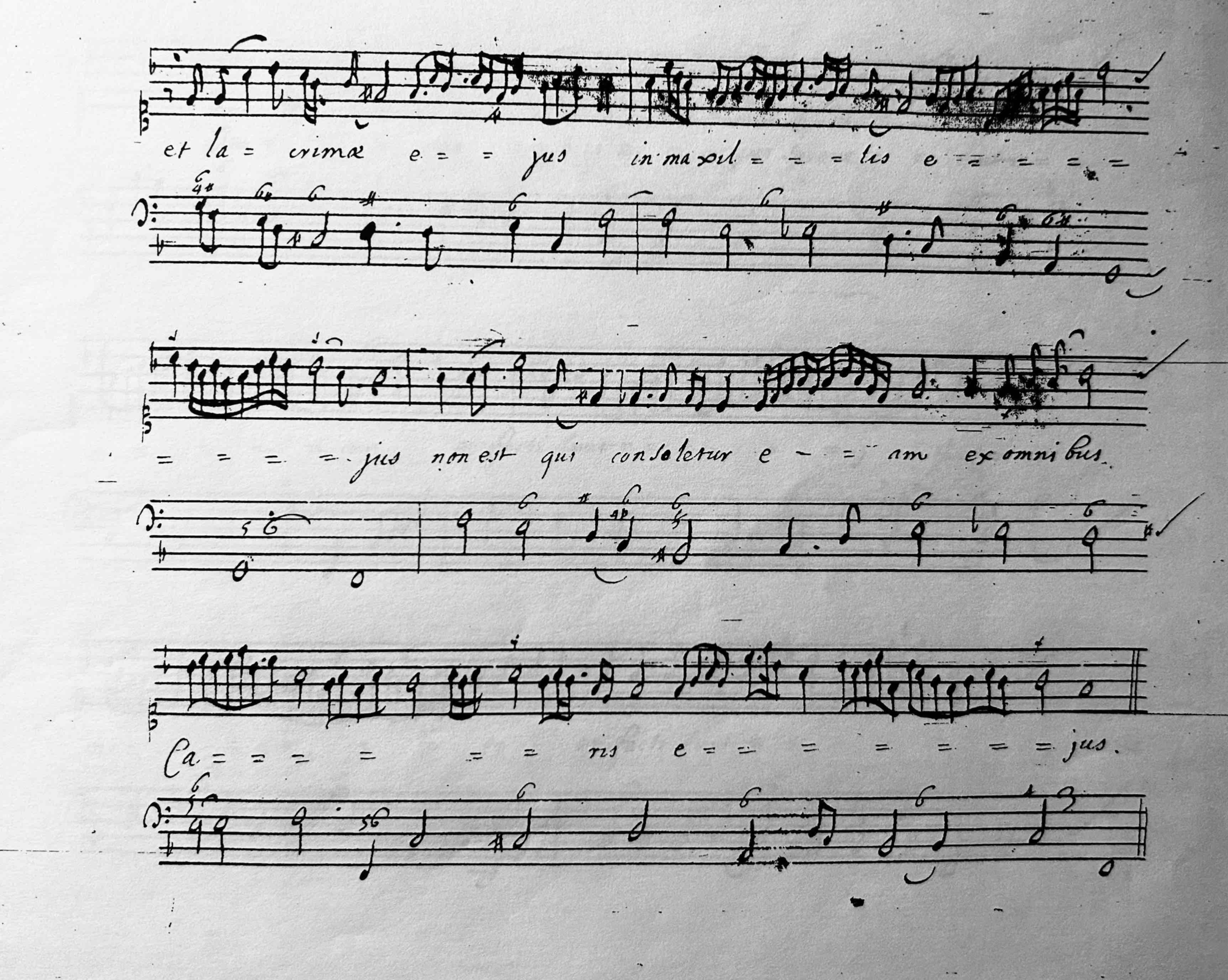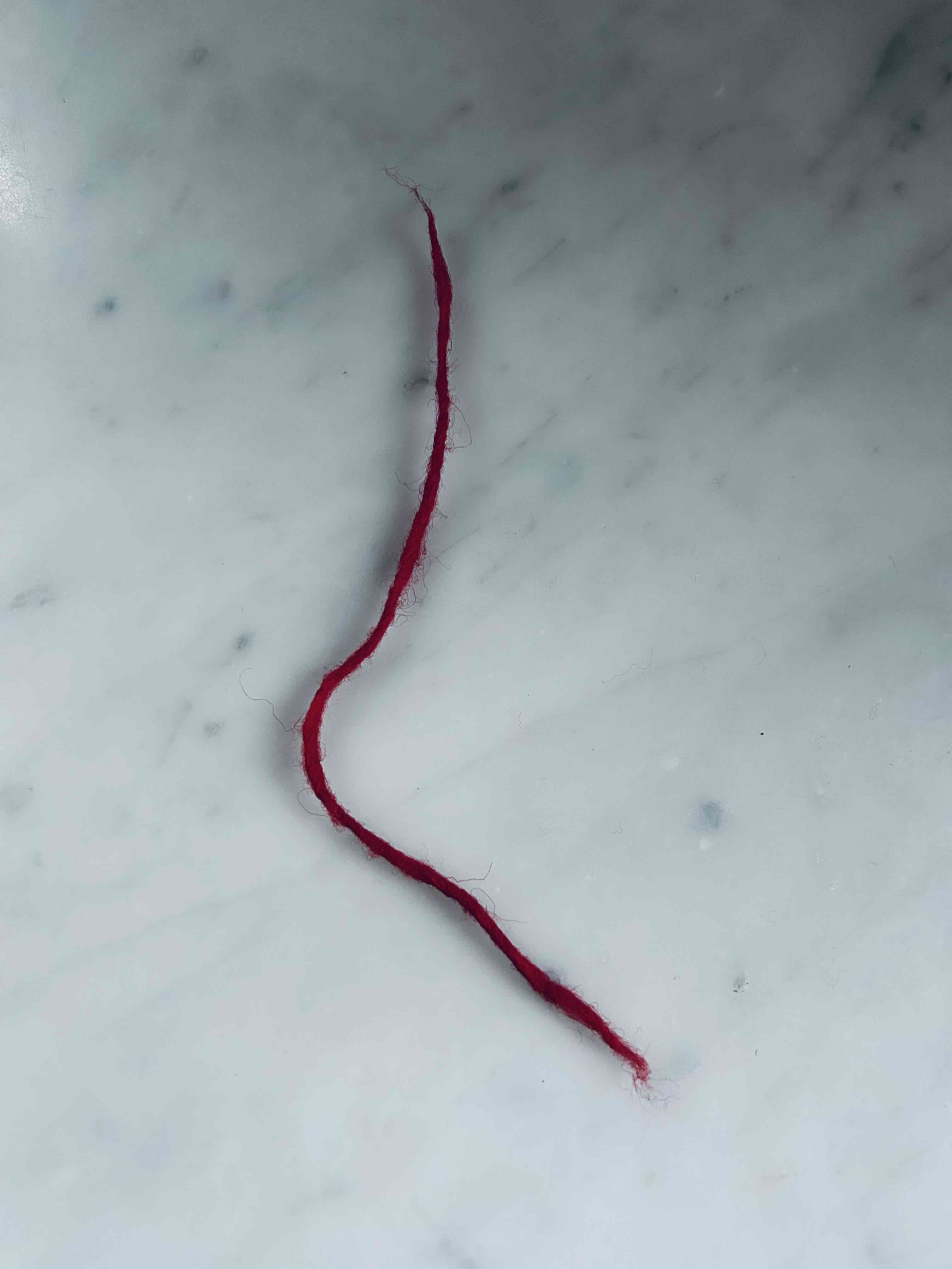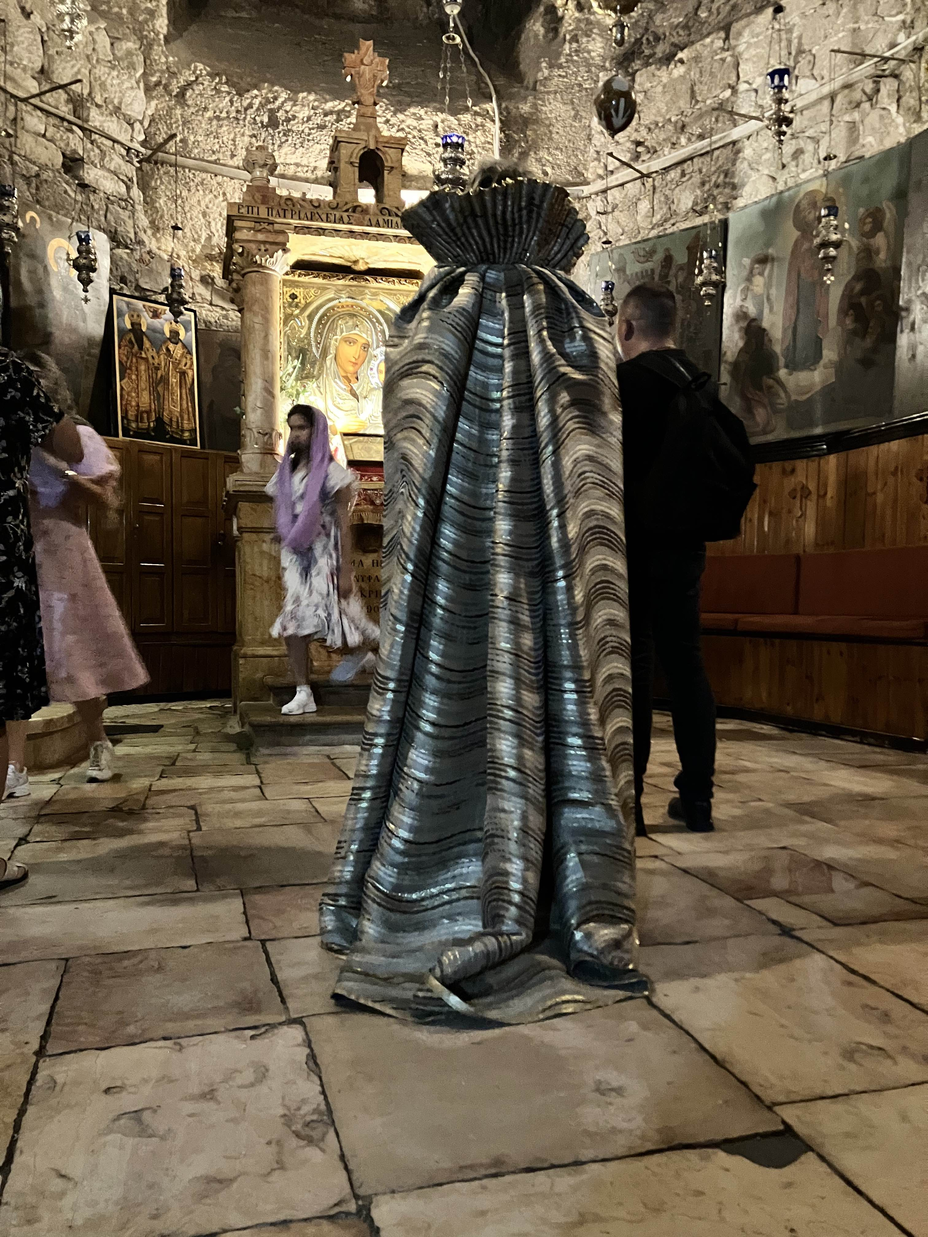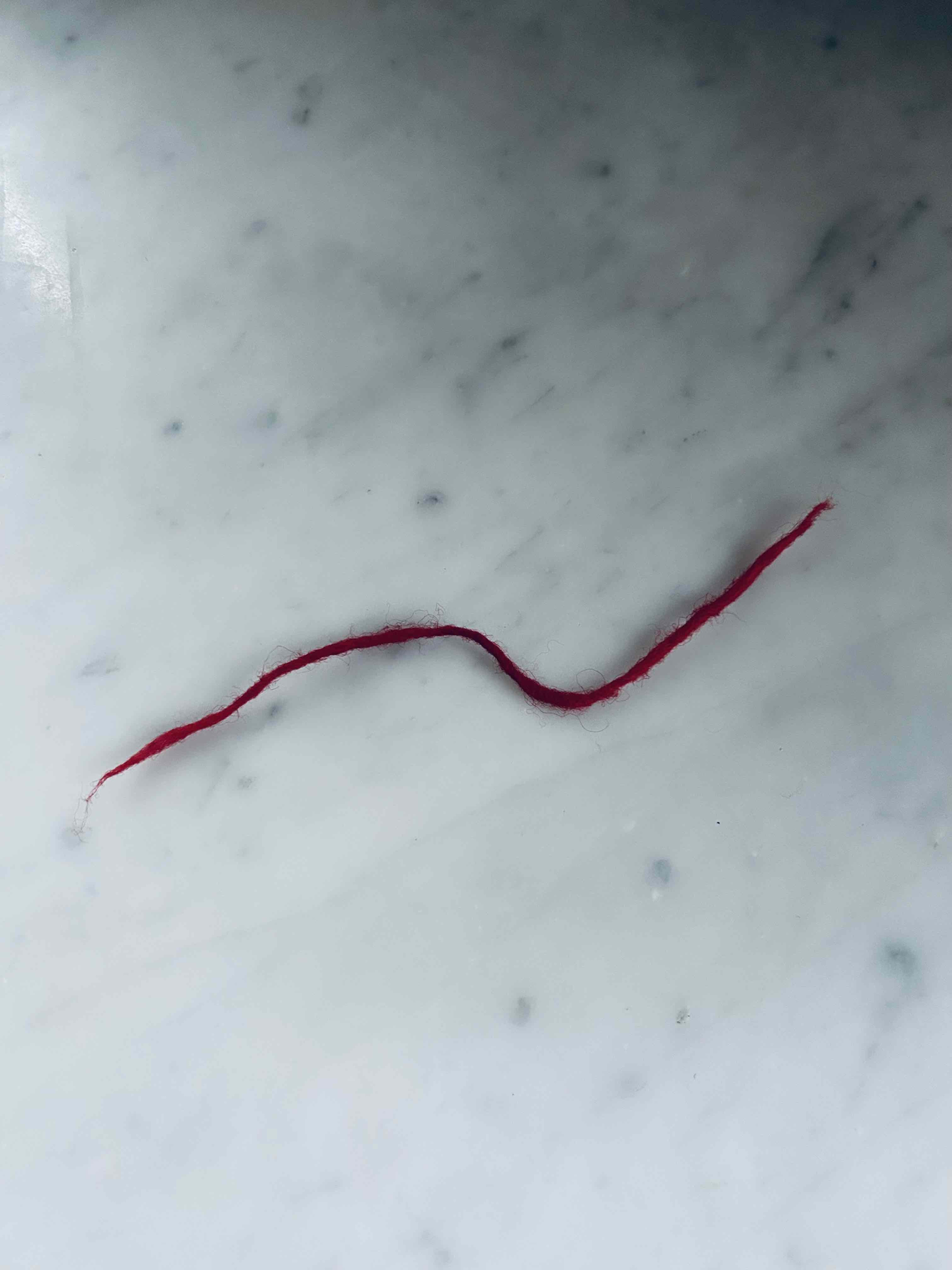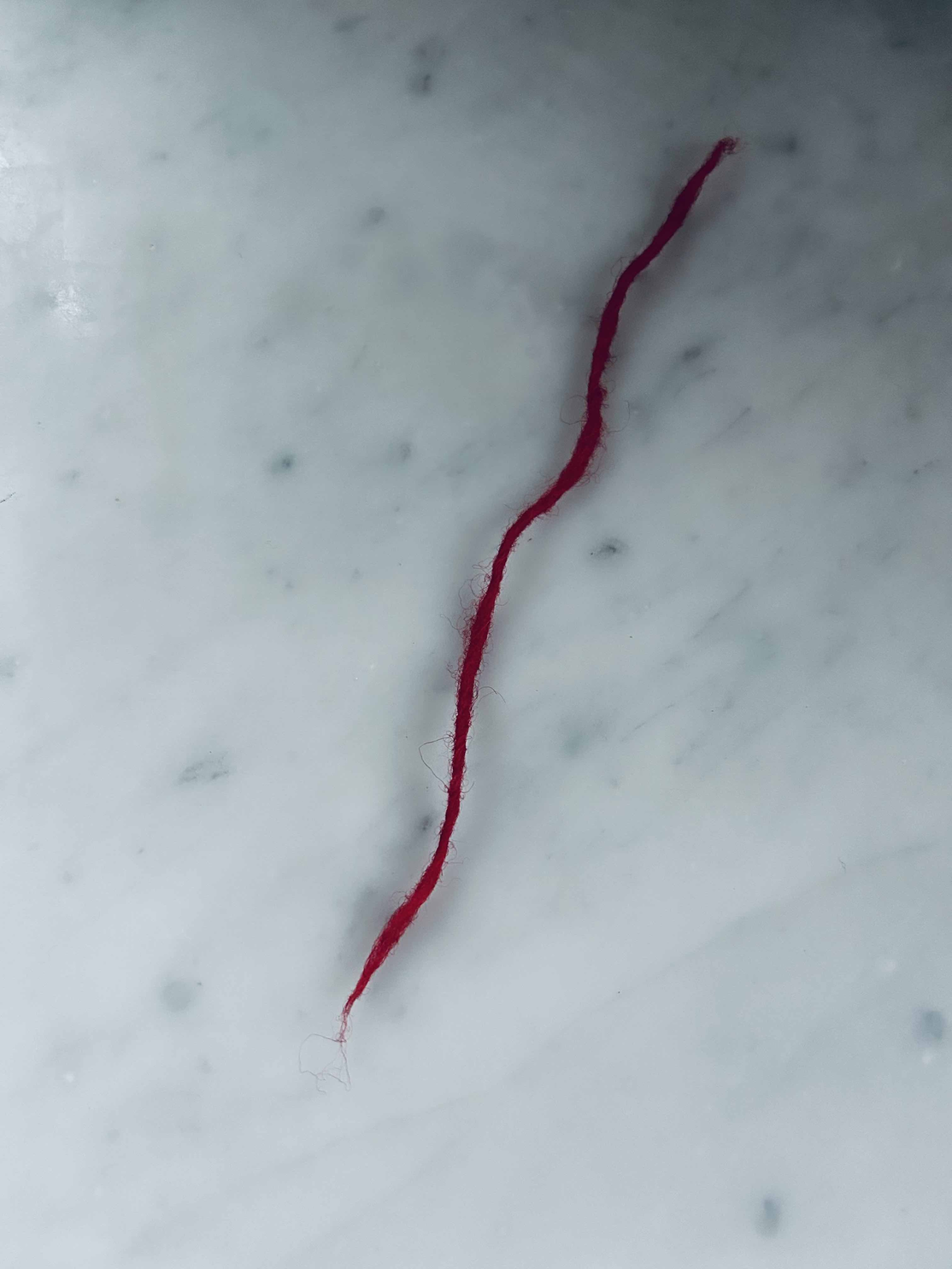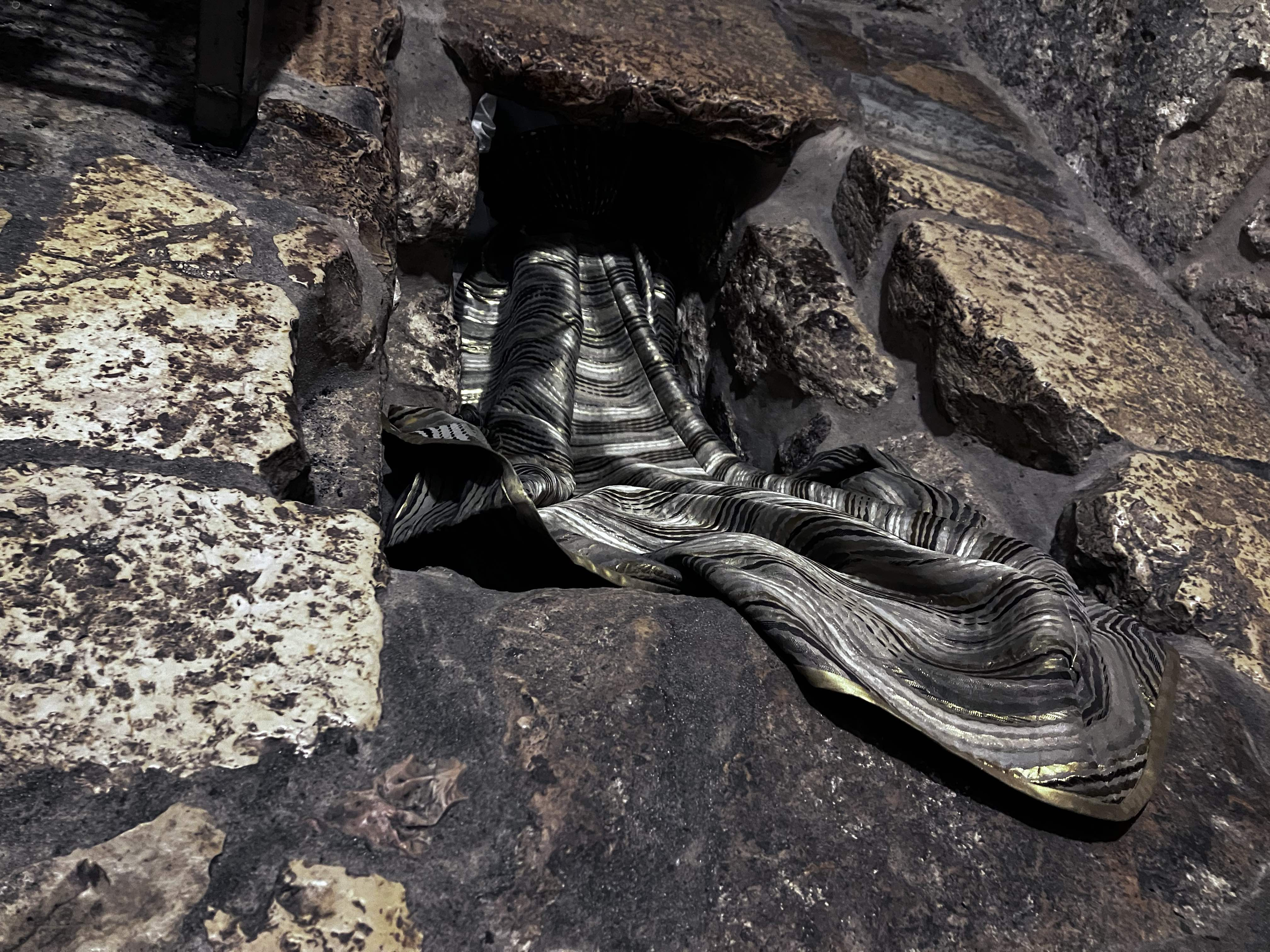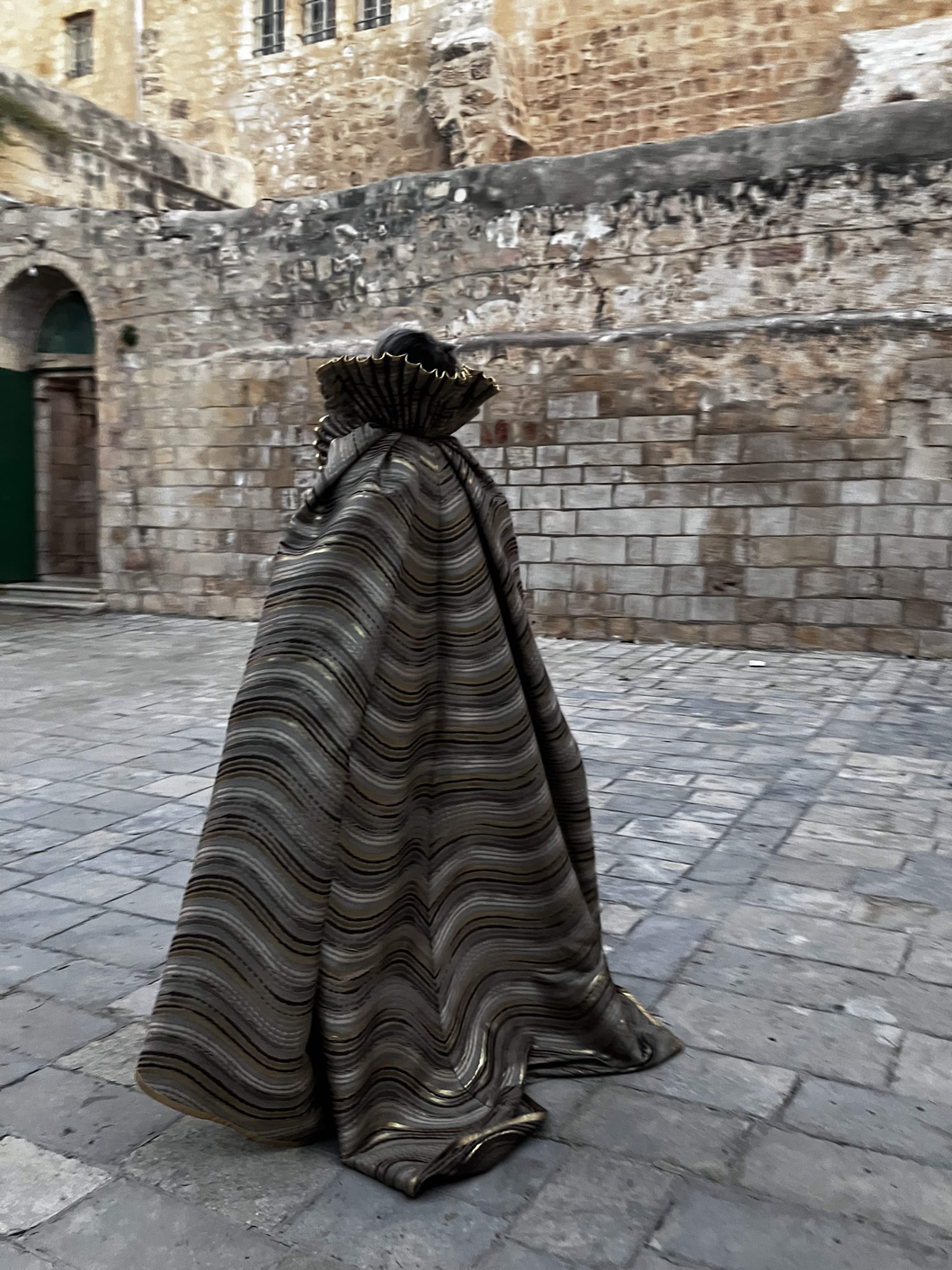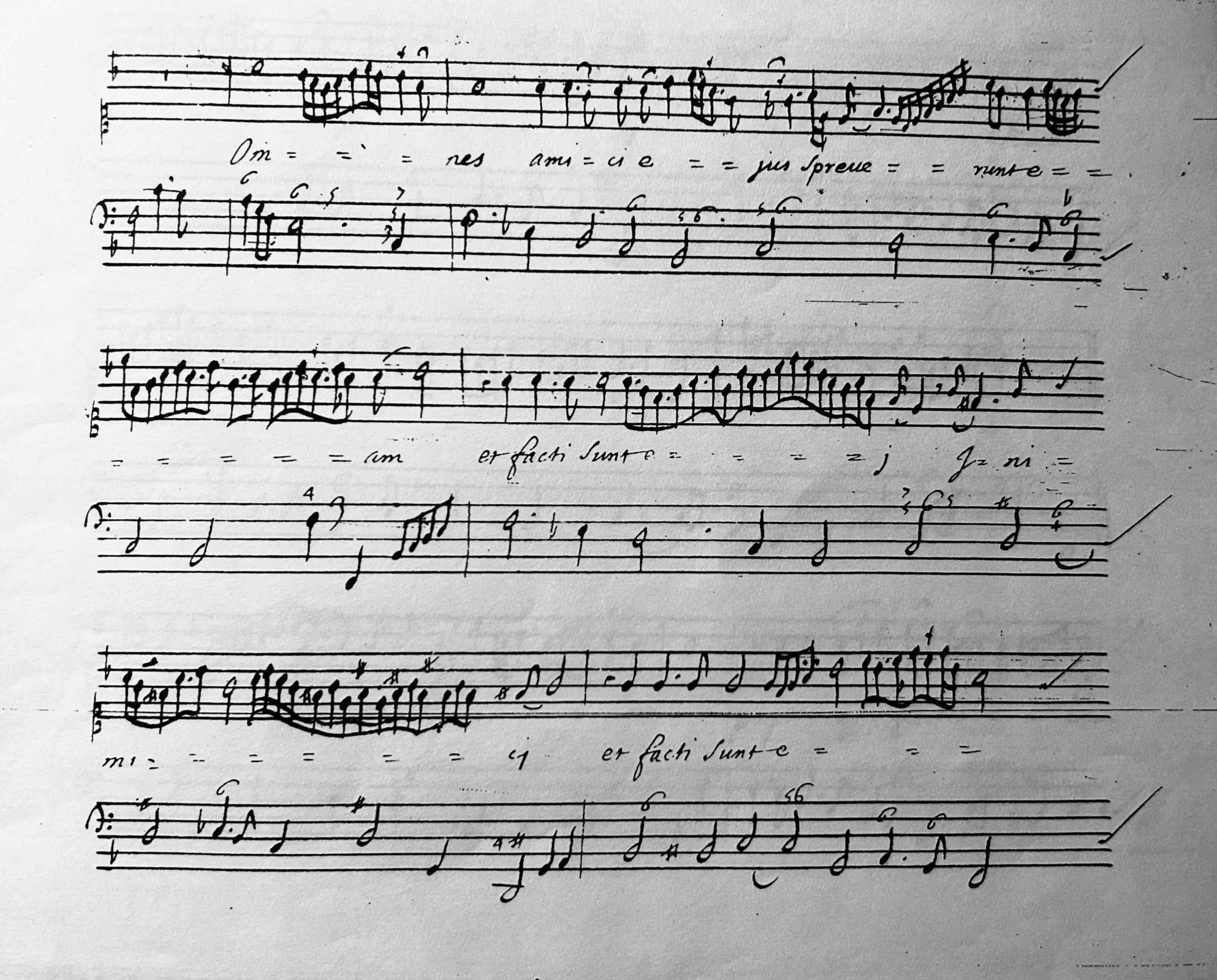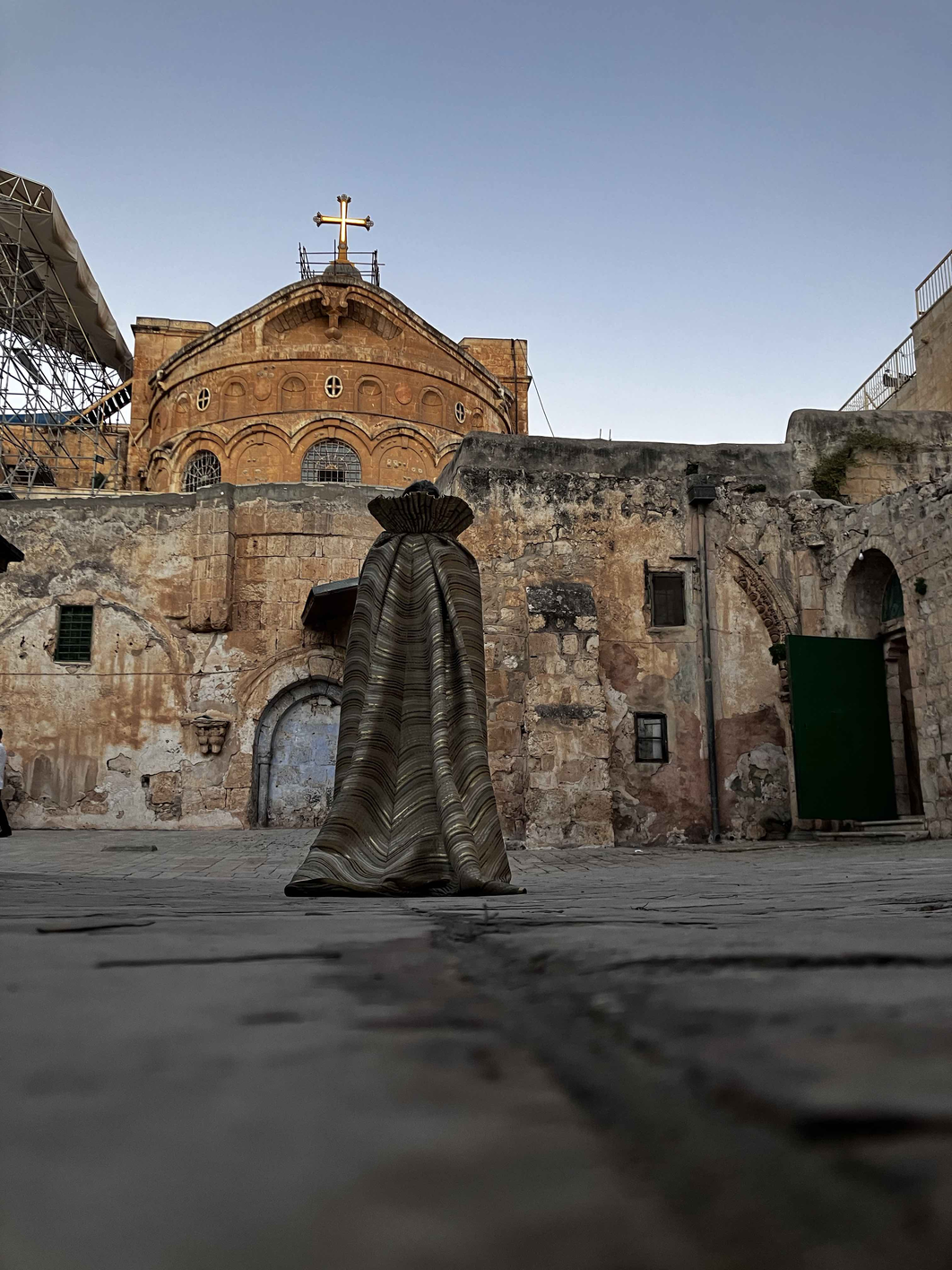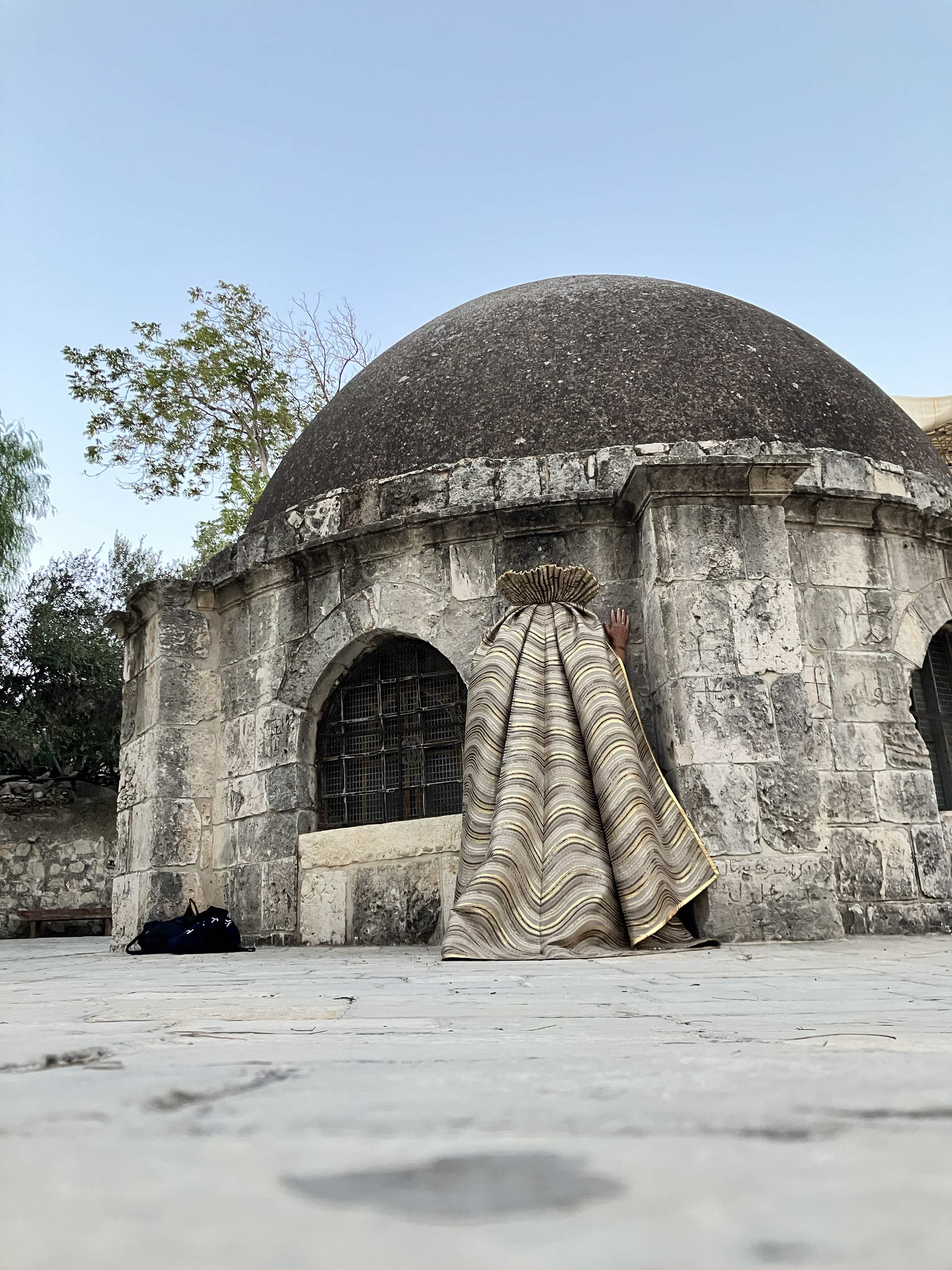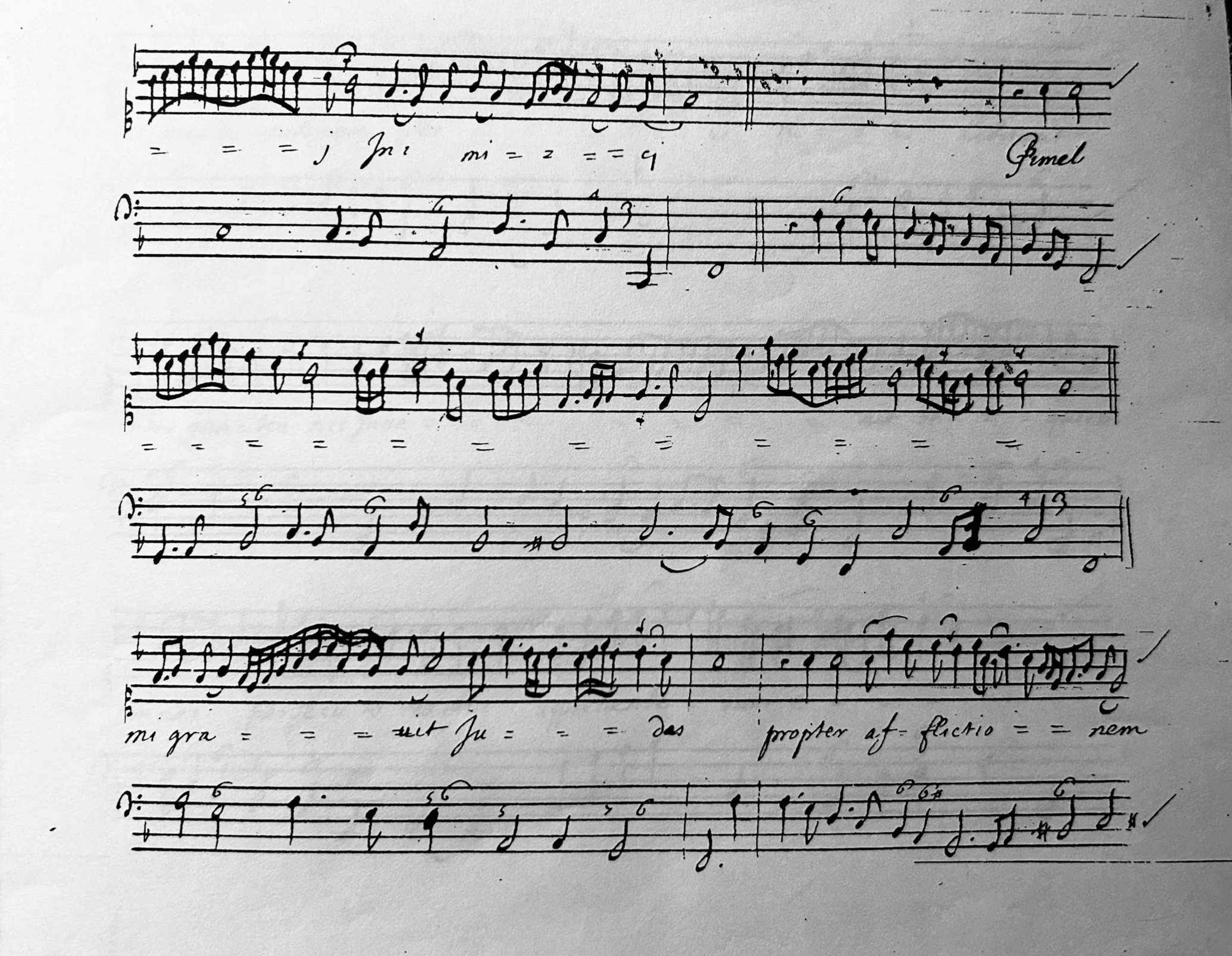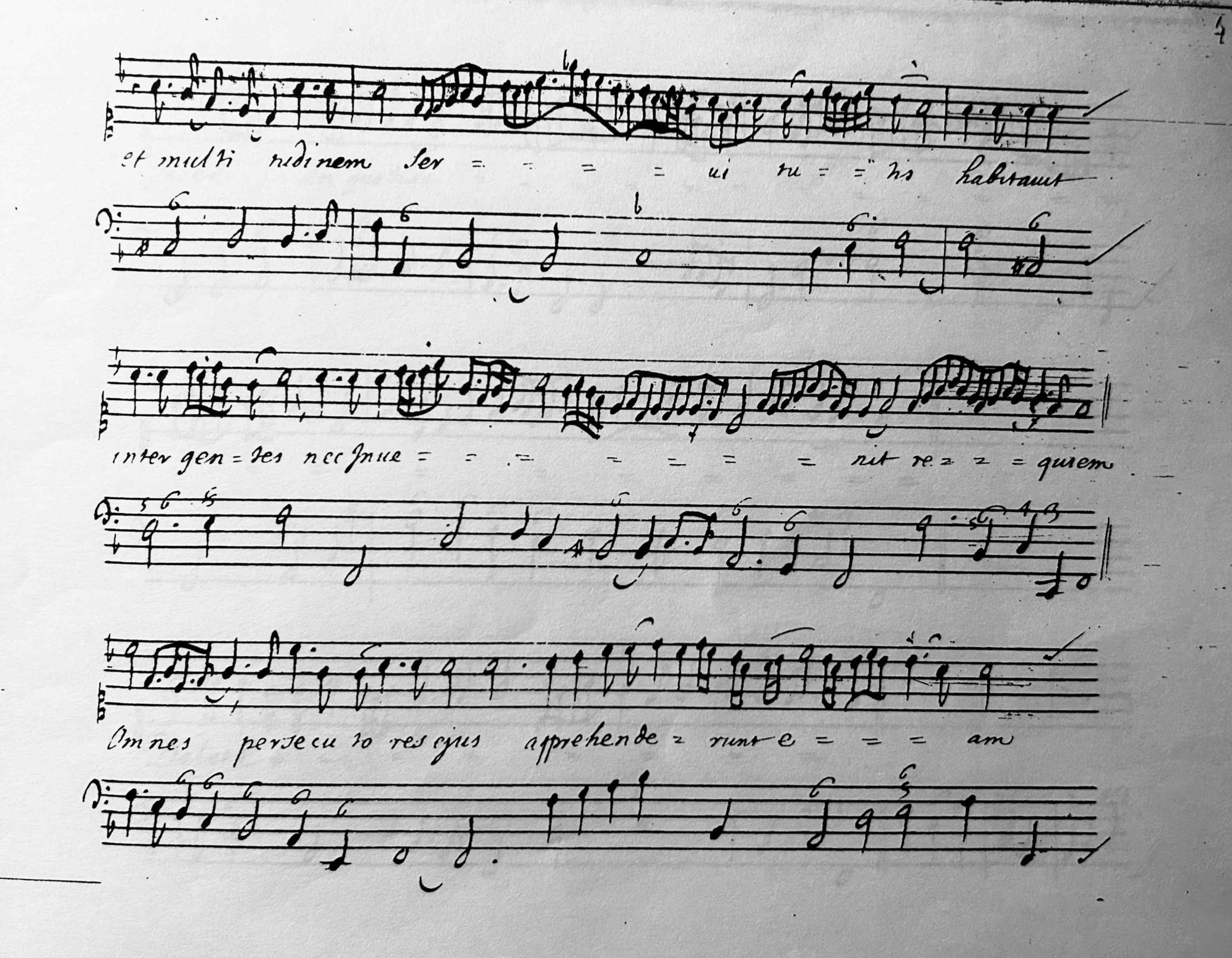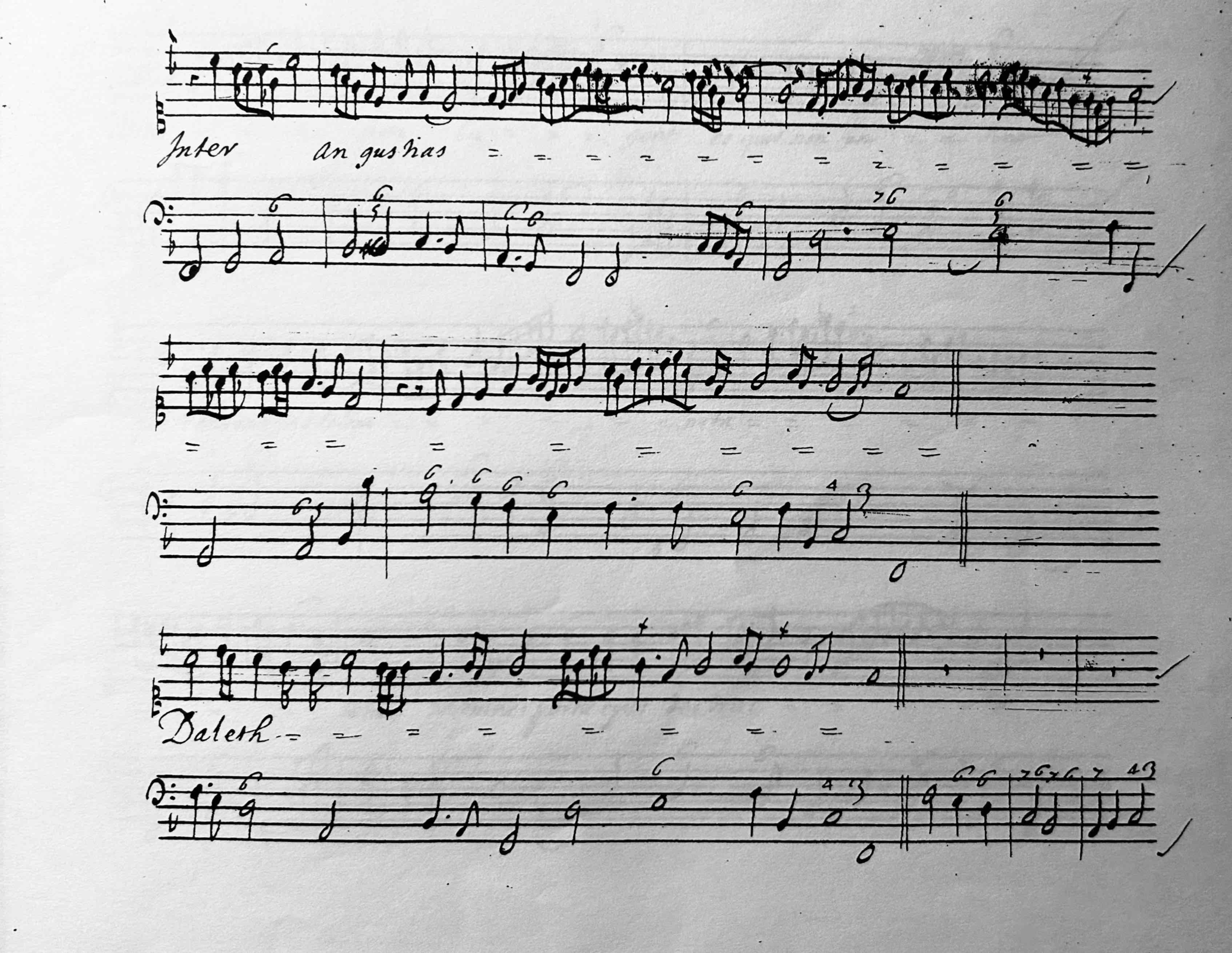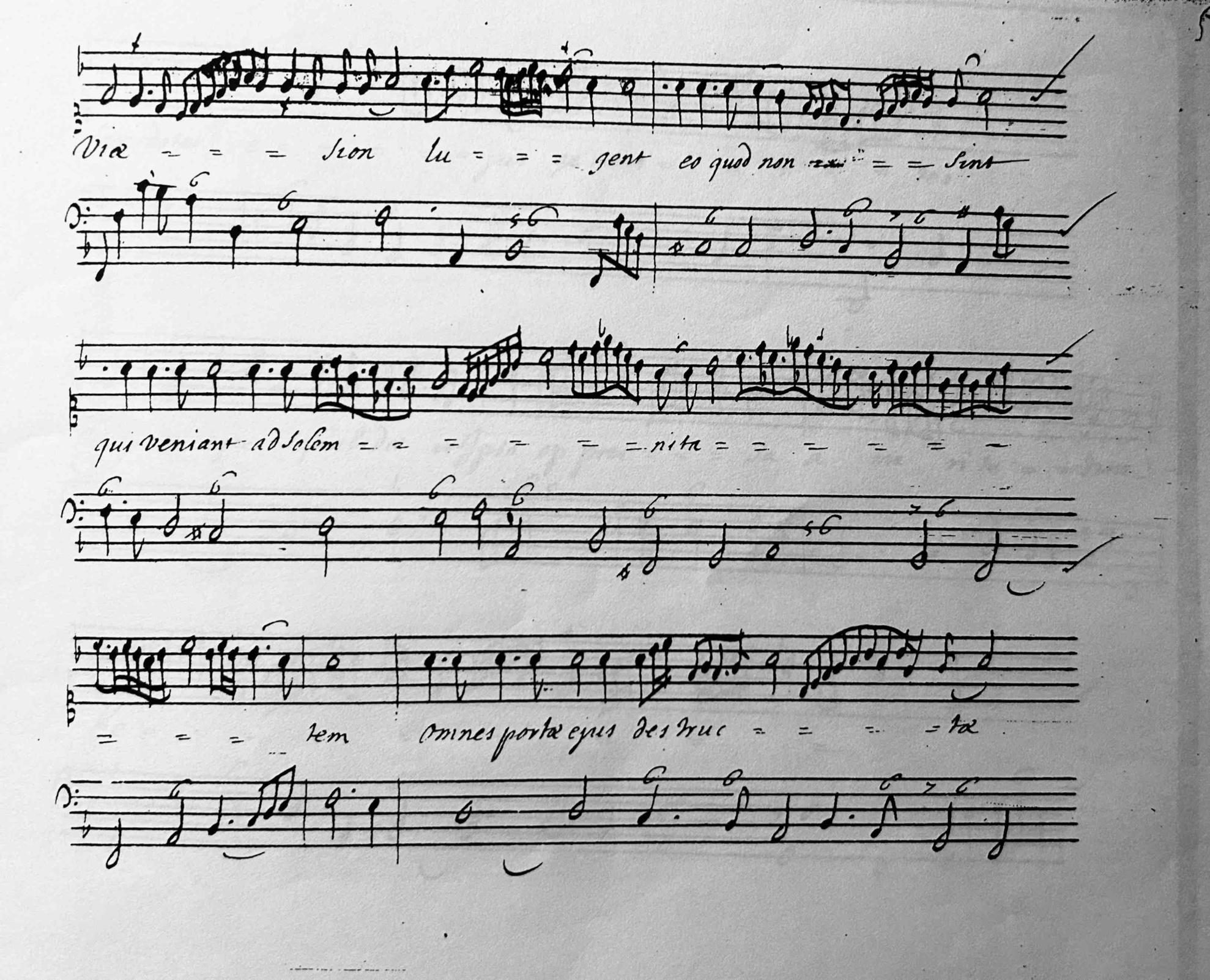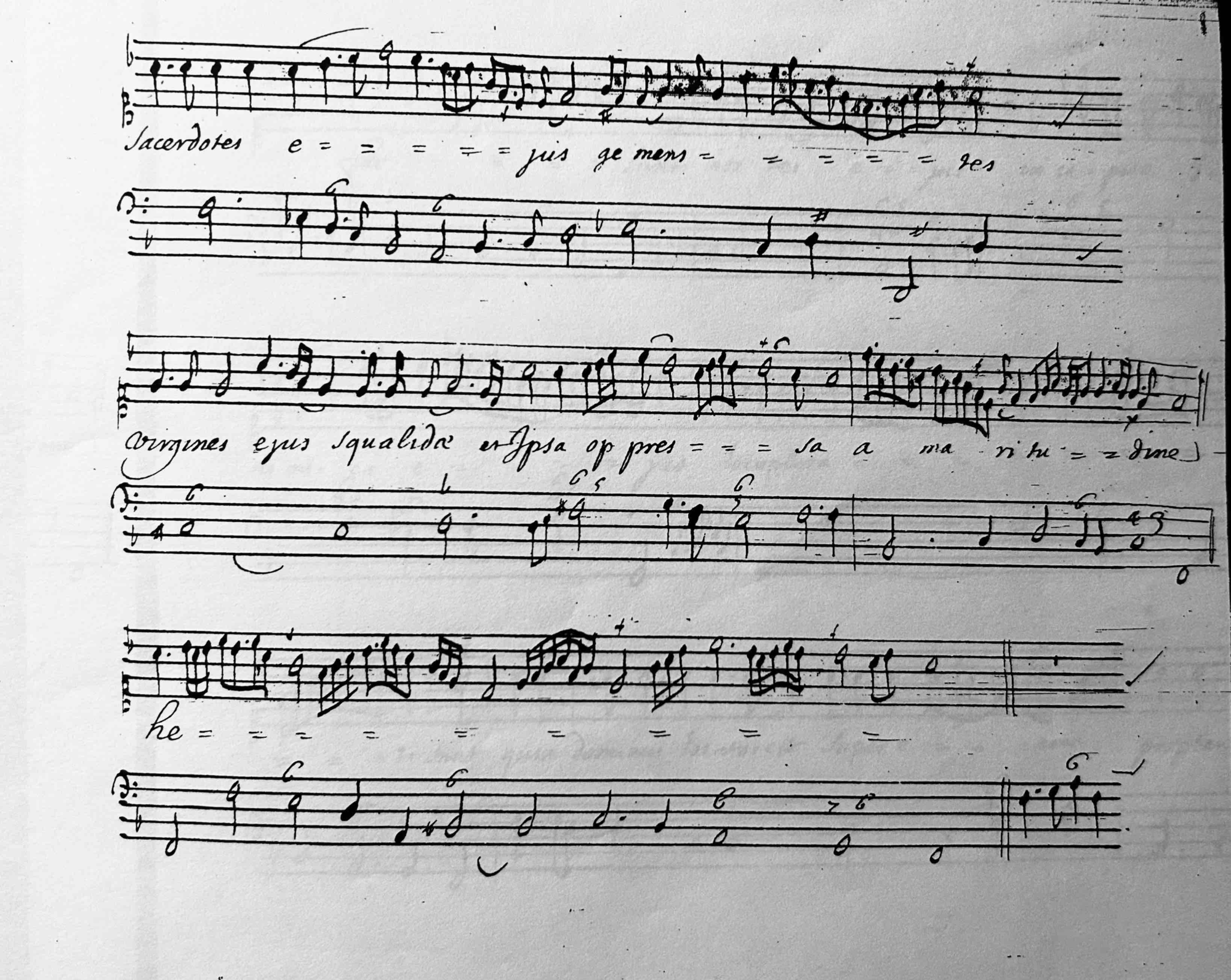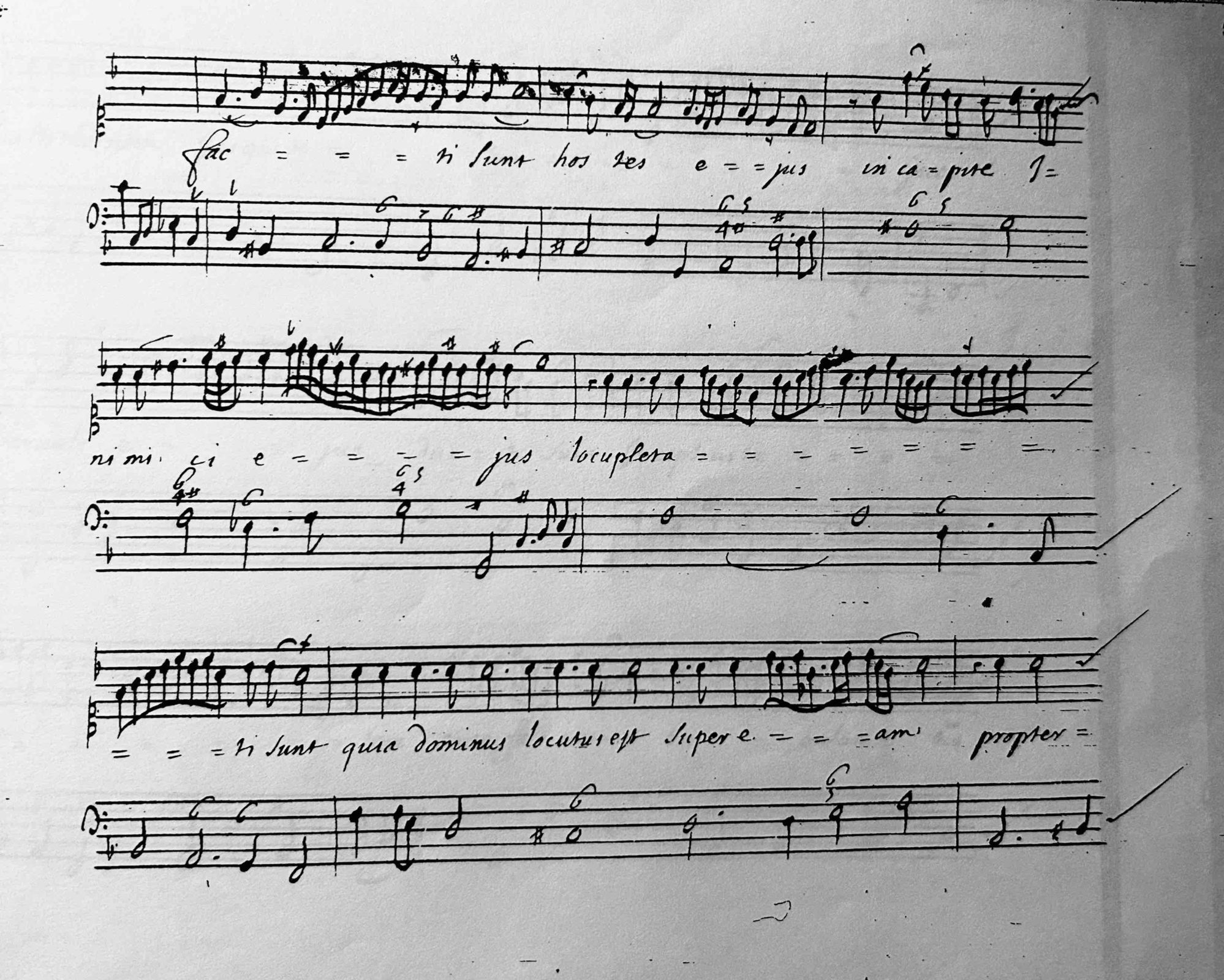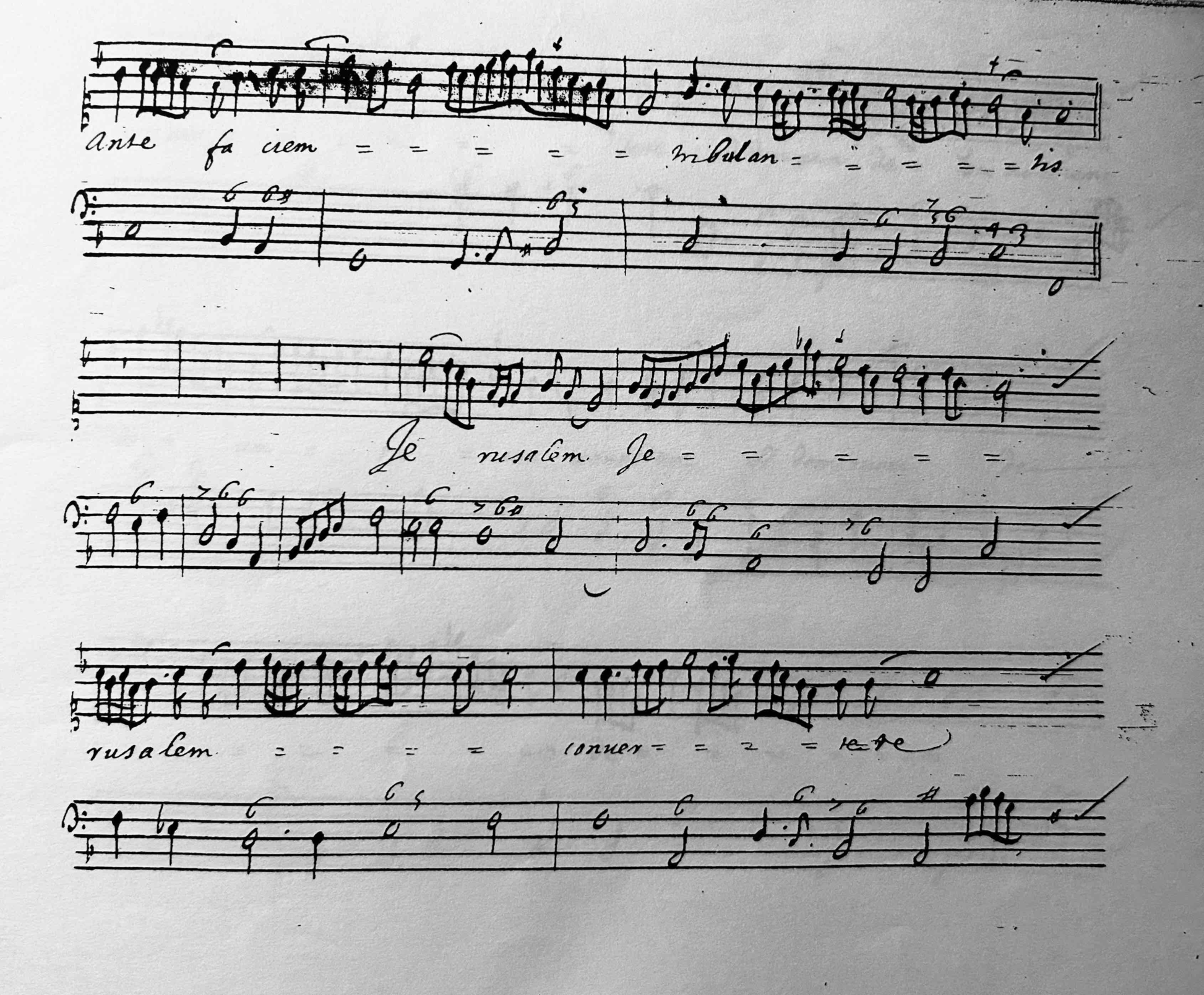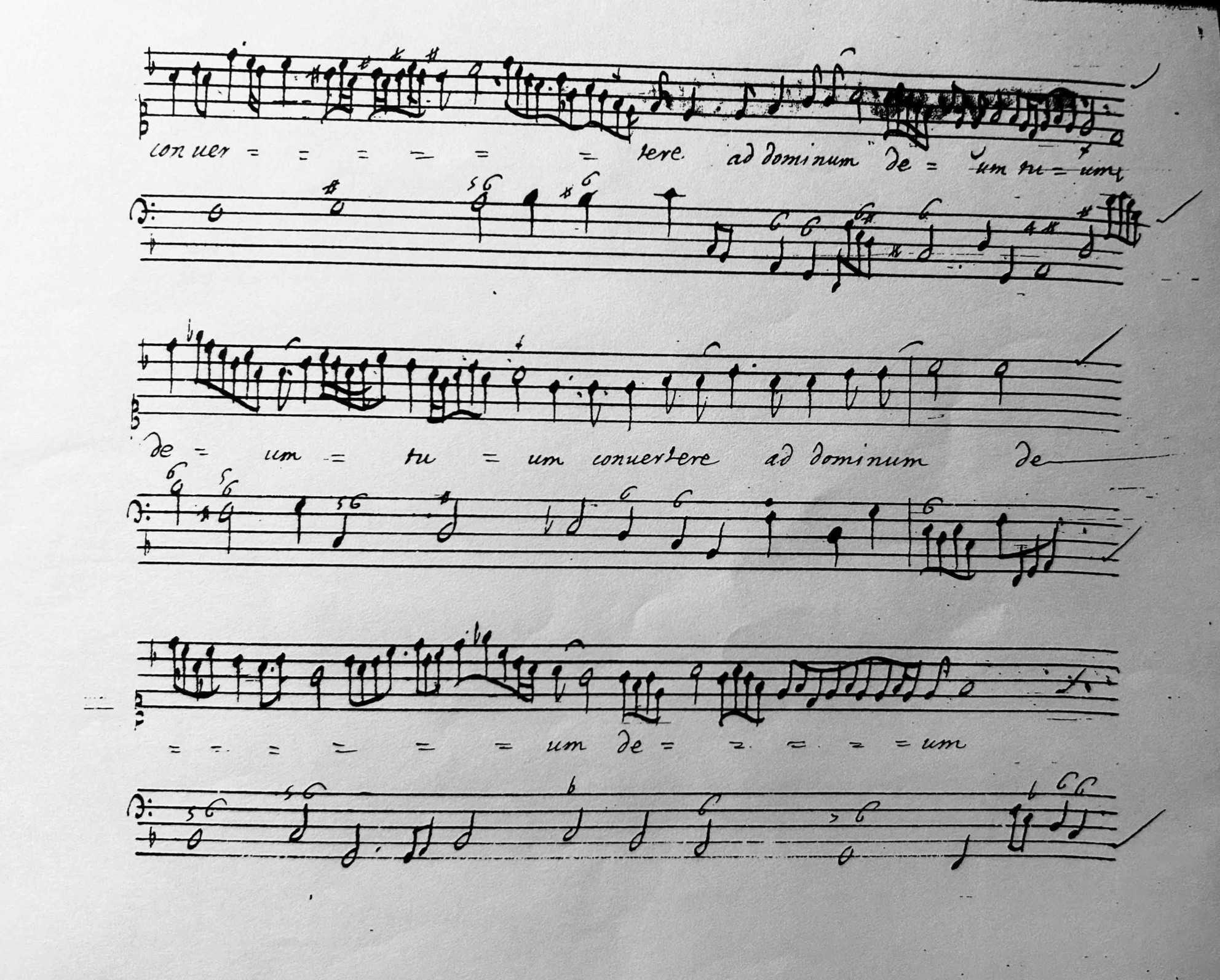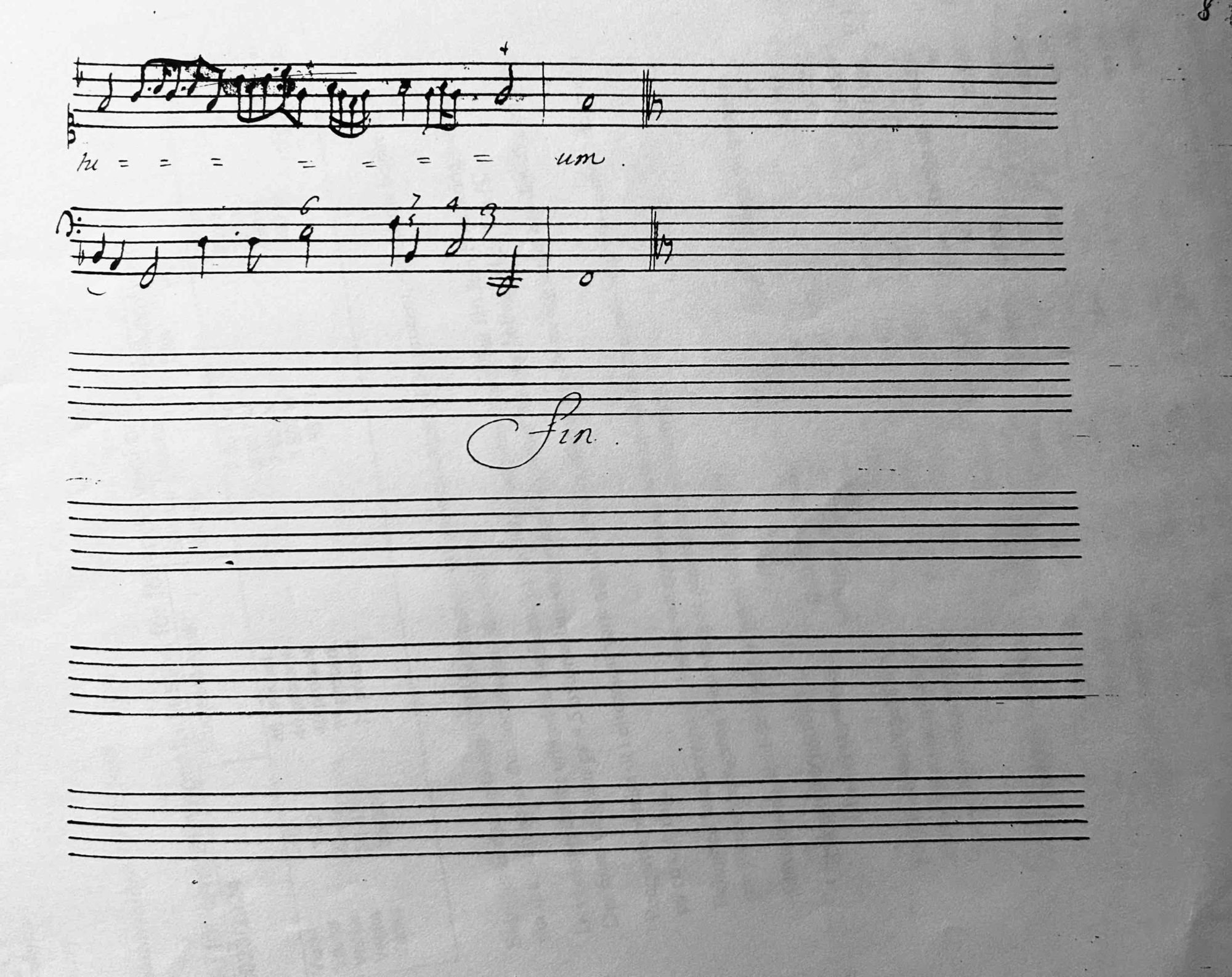performed in Jerusalem 9-11 September 2023.
participating performers:
Rick Dolphijn, Anna Hjälm, Liv Kristin Holmberg, Elisabeth Laasonen Belgrano, Mark D. Price & Hanna Yaffe
Note for the visitor:
This room exposes a chaos of lamentations of various kinds, which can all be manually muted or reduced. Our vision is that intra-acting with chaos is part of learning, sensing and desiring to be part of this proposed situated lamentation.
LETTER TO PARTICIPANTS
S.T.I. - Jerusalem – LESSON: ALEPH- Autumn - AD 2023
In Jerusalem we begin a serious and sensuously playful experiment in which we become voices in a manuscript. We need to listen to the score – which will be each other, the city, the landscape, the past and the future and perhaps other times entirely: we aim to listen as much as possible to what is present and what is absent in all their entanglements. We will build our sound on a foundation of air, allowing the materiality of thought to ornament itself in the project. We will attend to the minute particulars of the climate, the environment, the ecology, in/non/more-than-/human: every event in our score will indicate a measure that needs a special observation. We will attune ourselves to the climate in all senses of the word, and senses which require expression beyond the realm of words.
From Florio's 1611 Italian/English Dictionary, Queen Anna's New World of Words
(see https://www.pbm.com/~lindahl/florio/)
So What's the Score?
In a few days time we will start to know. Just a little.
The English word is expansive to say the very least. 'The score' is the number of points of goals a player or team achieves. It is the result of a competition, the final outcome. But ''What's the score?'' it is also used interrogatively to ask where we might be inside a process, how well a task is progressing, or to guess the mood of a situation. In this sense it is indeterminate: or at least, the solid facts are not yet established. 'Score' can be numerically precise: it is twenty. Four score and ten years is long life. And also numerically indeterminate: we sent scores of emails but they didn't reply. It can mean a story -''you know the score''. And the proceeds of a robbery: ''They hit the bank, I hear it was a huge score''. Also, the process of procuring recreational herbs and chemicals. Music composed for a movie or a play. It is related to successful sexual encounters: 'Jimmy scored last night'. And engraving, wood carving. Also deleting, emphatically and often violently - a name scored from the records. And so on. The word/s comes from the Old English scora or proto-Germanic skoru and implies both noting down and cutting out, recording and erasing, presence and absence. It can also be linked to manuscript as in - mano/scritto- written by hand… and musical manuscript - … and script as in the formulated ideas for a play or a film…
So, the short answer to ''What will we do in Jerusalem?'' is this: we will be working with a score.
One one level a very practical task, beginning with the handwritten score of Michel Lambert’s Leçons de Ténèbres from 1660s and the lyrics from the Book of Lamentations of the Hebrew Bible.
We aim to become a score, an ecology of ideas and affects and music. What 'we as participants' think and do is a vital part of the project. As sound (melodies, voices, notes, tones…); as silence (pauses, in-betweens in the library, sleep, self-reflective time,…) Of course: but what the air, the earth and stone, the streets, crowds, cats and birds of Jerusalem think and say and sing is crucial too. Not knowing what they might say is essential to the project. For reasons of research integrity, an experiment must mean not knowing the results in advance. Of entering a kind of Nothing. Whatever the resultant 'art' and 'philosophy' and 'performance' may be we will endeavour to re-present the score in a video-essay and related documentation. Perhaps we might think of what we are doing as a sonic climate study. And all this will begin with Aleph. Lesson: ALEPH.
Looking forward to meeting you all next Friday in Jerusalem,
Kind wishes,
Eli, Mark and Anna
Geology Speaks in Parables
Much of the life here depends on the Jordan River. The water follows
the course of the graben - a geological term whose technical
definition offers a crossover between Earth science and
psychopolitics. A graben is an elongated depression bounded by faults
on all sides. That is what directs the course of the river of life: an
elongated depression bounded by faults on all sides.
Graben is related to the English word 'grave', a place for the dead.
Also carving, mark-making, en-graving. To dig, to carve in earth or
stone or wood suggests a wounding. But also a creation, a search for
knowledge and other treasures. It's not all depression and fault.
The Jordan basin is a ''wetland ecosystem that is the biological heart
of the Middle East region at large. As the meeting point of [three]
continents, the valley is at the crossroads of biodiversity. In
addition to the unique flora and fauna, the valley is one of the
world’s most important migratory pathways for birds. Over 500 million
birds migrate from Europe to Africa twice a year, dependent on the
Jordan Valley as a stopping ground on their long journey.'' (Bromberg,
Mehyar, Khateeb: 2008, Middle East Institute).
''Early Christian writers asserted that Christ’s immersion in the
Jordan sanctified the river’s water, which in turn made all water
holy. The Jordan was seen as the prototypical “river of life,” but
also the site of a divine manifestation of God, for just as water had
been the primeval element that witnessed God’s creation, the Jordan
had witnessed the beginning of the Gospels'', - Francesca de Châtel:
2014, O.S.U.)
This 'river of life' takes its material form from the fault and
depression of the graben. It's twists and turns and rates of flow are
sculpted by the geological wound in the Earth. And to make one more
analogy, let me paraphrase an observation by Terence Mc Kenna. If we
look at pictures of embryogenesis we see the foetus passing through
various stages, which in the past were compared to evolutionary phases
: the transition from a fish-like bio-comma to a tiny creature with
webs between its fingers and toes, then on to a more human morphology.
Mc Kenna points out the cells do not retract as the foetus develops -
they are not absorbed but rather, an immense amount of dying goes on
in the womb. Quite literally, life is sculpted by the hand of death.
The interplay of geo-philosophy, bio-politics, necro-politics,
materialism and theology here is - to say the very least - complex.
Mark Price
The cantor and the muezzin’s duet: contested soundscapes at Jerusalem’s Western Wall
Dr. Abigail Wood, Music Department, University of Haifa
The Place of the Skull
These hillsides once were sea-beds.
Living waters laying page on page
In tide-bound books of death-life-death
or mute millennia of strange
Self-rolling carpets, bio-films
Saline gulfs where tiny monsters
In their billions swarmed
As madness and rude eyes evolved.
A globe of newly teeming sense
Scratched raw and scuttled over
By a trillion pilgrim trilobites
As first mouths taste first flesh
In waters warming with the thrash
Of mates and predators and prey.
In molten deeps beneath the sea
Of Tethys, tides of magma seethed
Like children troubled by a dream
Of what they might become: the fevered
Earth-flows turned and drew the sheets
Of continents about themselves.
Hunched ocean ridges pivoted
And rolled and rose to form
The profile of the Eastern shore
Of Mare Nostra: fault-line, strata,
Hill and desert of Judea... all
The folded anticline of Syria
Ground by the vast mill-stones
Of Africa, Arabia, Eurasia.
Here terra rossa red clay grows
On dolomite and limestone bones
These ninety-million-years-old bones
These waiting-at-the-threshold bones
Until came forests, flowers, herbs
And birds and beasts as witnesses
To wild and perfect wilderness
Immaculate and innocent.
And then comes man, with many gods
And myths, and histories, and prayers.
To carve his blocks of meaning from
The story-less and godless Earth
To name this place: Jerusalem.
Life became stone, sea became city,
Statue and idol and altar and temple
Stone into bone into flesh into ritual
Idol to symbol and symbol to festival,
Labyrinth, battlefield, theatre and vessel -
Cradle song, wedding song, echoing hill
The songs of the ocean are echoing still
Alive in Golgotha - the place of the skull.
Mark Price
Measure 1
Interscapes
9:00
Lazarus tomb and the Separation wall, al-Eizariya, Palestine
Death. Or not.
An interscape of mortality
A gap – waiting
Grieving is what we do when we can change nothing
The tomb of Lazarus. Empty?
Are we still waiting for the resurrection?
Or offended – our grief was…wrong?
Unclean - after death the body is unclean – but what about a resurrected body?
Walls.
The interscape of daily life here
A gap- waiting
What is inside, outside?
Grieve is what we do when we can change noting
This wall of separation
Is this an unclear place, stuck in the liminal “interscape” –
Measure 2
Friction
20:00
Western Wall
Encounter with Jewish wailer/mounrer/story teller.
As close to the holiest as can be, but still a bit away. A distance. A gap between man and God. Is this part of "no one can see God and live."? A 'geographical safety zone' against the divine?
Friction. As heaven and earth meet.
Eicha / Lamentations, Western Wall, September 9, end of Shabat
with singer /lamenter Hanna Yaffe (Phots: Anna Hjälm)
Measure 3
Soundscape/movescape/timescape
5:00
Holy Sepulcher (Tomb of Christ)
Walking through the Old City as it wakes up
Jerusalem is sharp borders and diffuse borderlands
It is ‘heimat’ and a constant feeling of detachment
“This is Jerusalem. Everybody has always been here!” says my Palestinan friend. This town is not filled with groups, it is groups. That live different times, move different, sound different.
To be a pilgrim is to walk behind God
Is God here? Gods?
My mind strives to order, find signs, find patterns. Jerusalem strives for other things.
What can be learned from overlap? Ornamentation. When does it turn in to a cord, when into dissonance? How controls? The loudest, the fastest? Or the small bell that toll a thousand times?
Measure 6
safe/un/safe
14.00
Gethsemane & Tomb of Mary, Jerusalem
To descend into her tomb
They say the prophet Muhammed waived at his sister Mary, buried down from the mountain that became his
They say she died in another part of the city
And just inside St Stephens gate is her childhood home
Living her life within reach of everything
Safety comes in many forms
Unsafety as well
Living close, the city as your life, the streets your timeline, this world was yours
Until. Seeing your son. Killed
